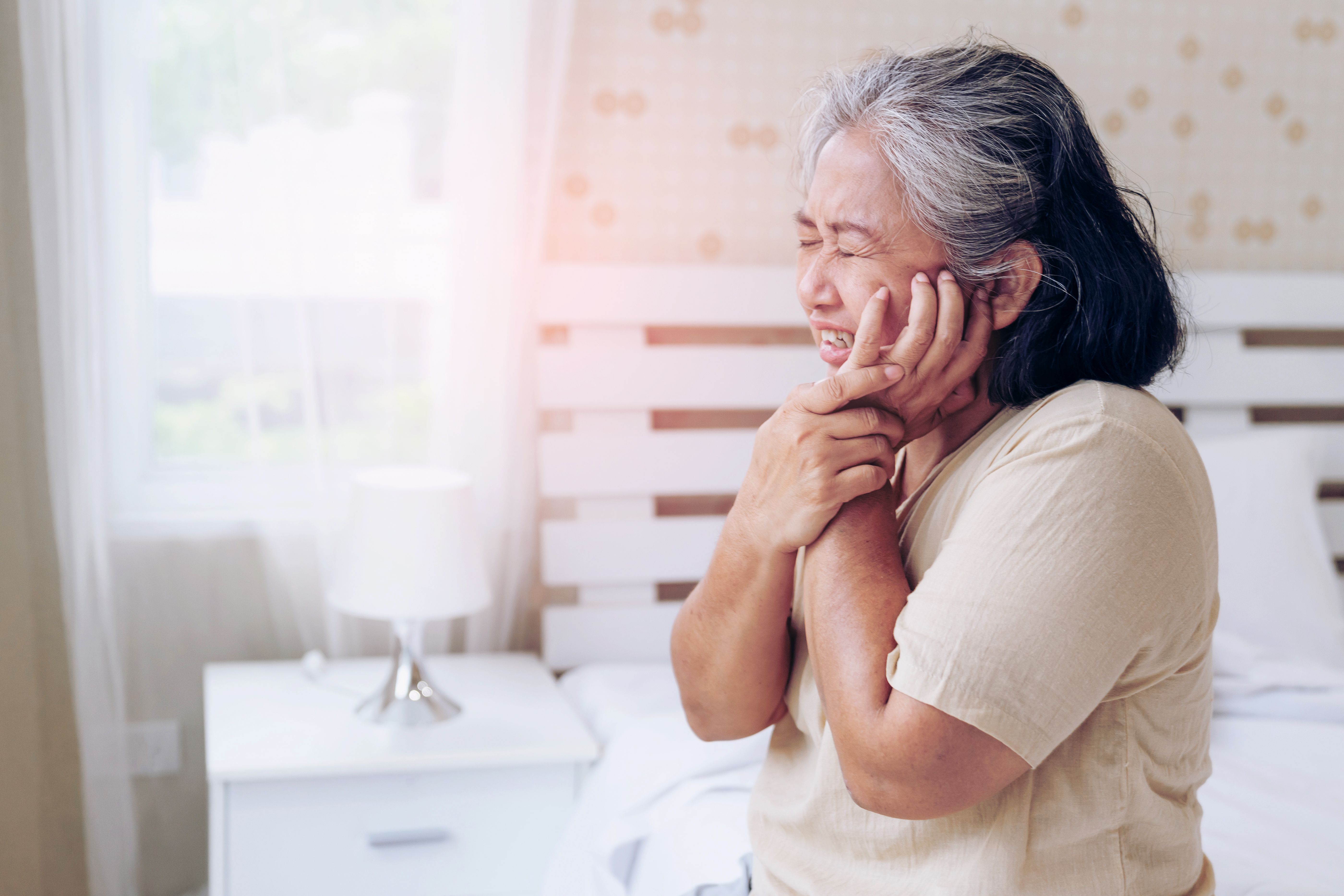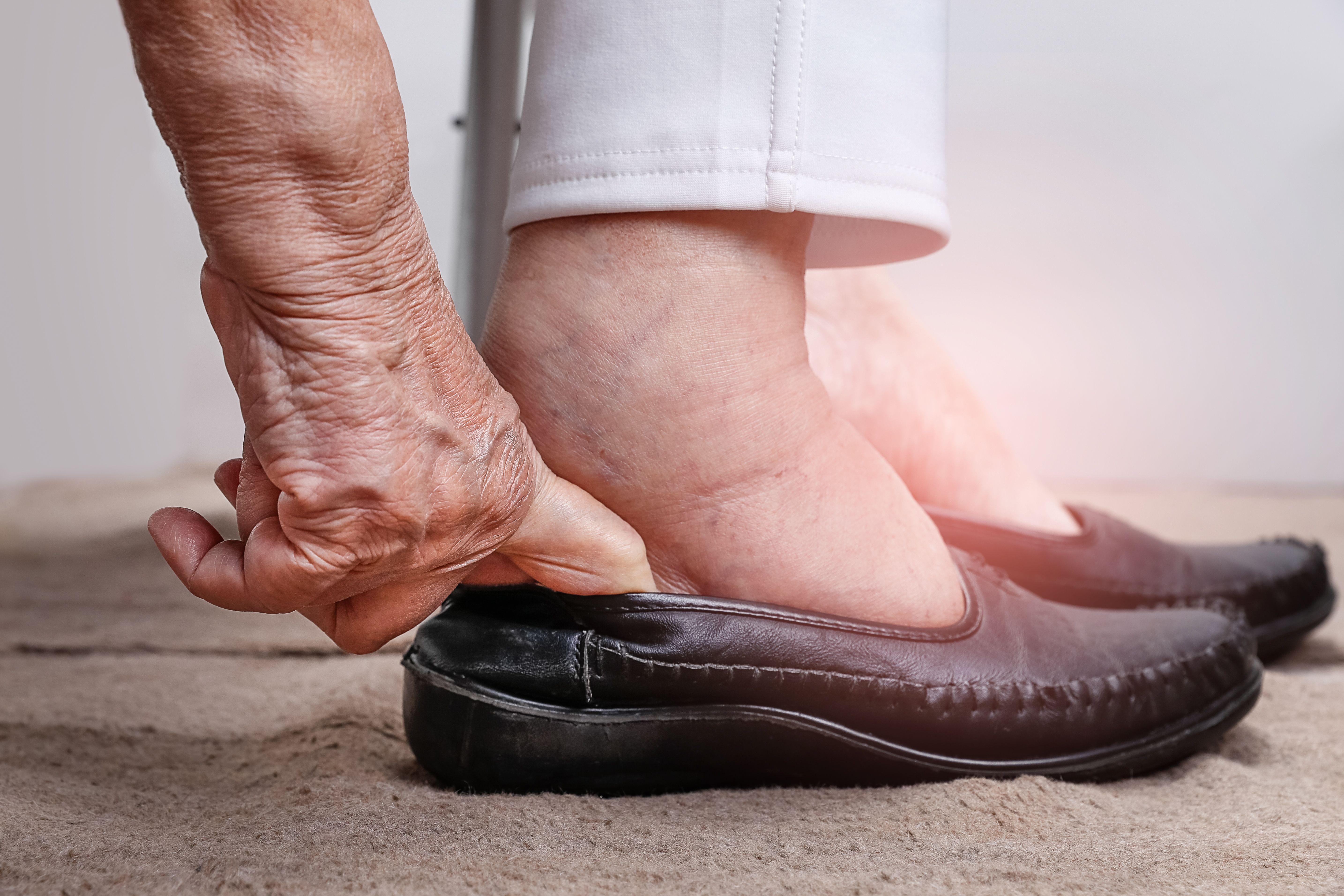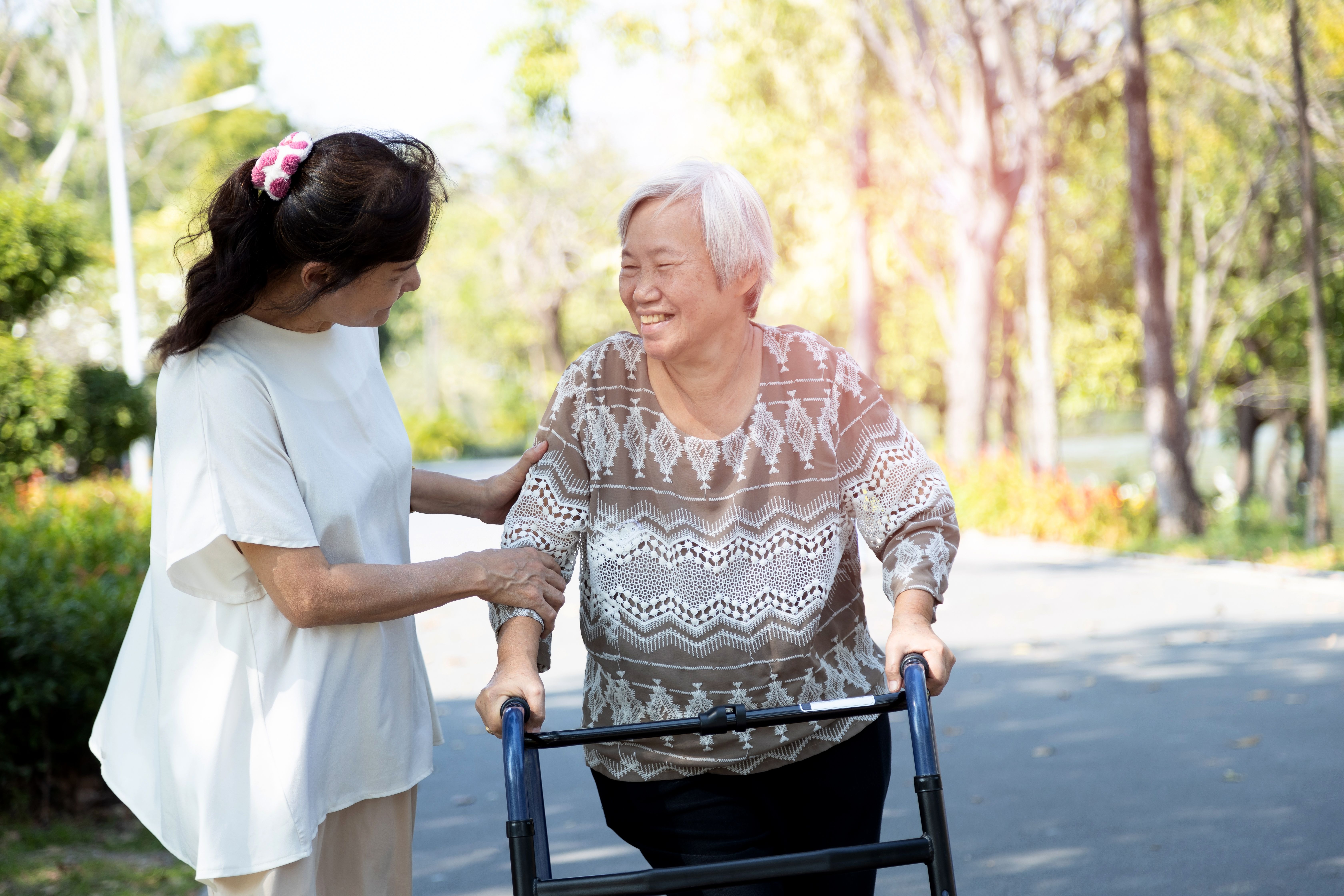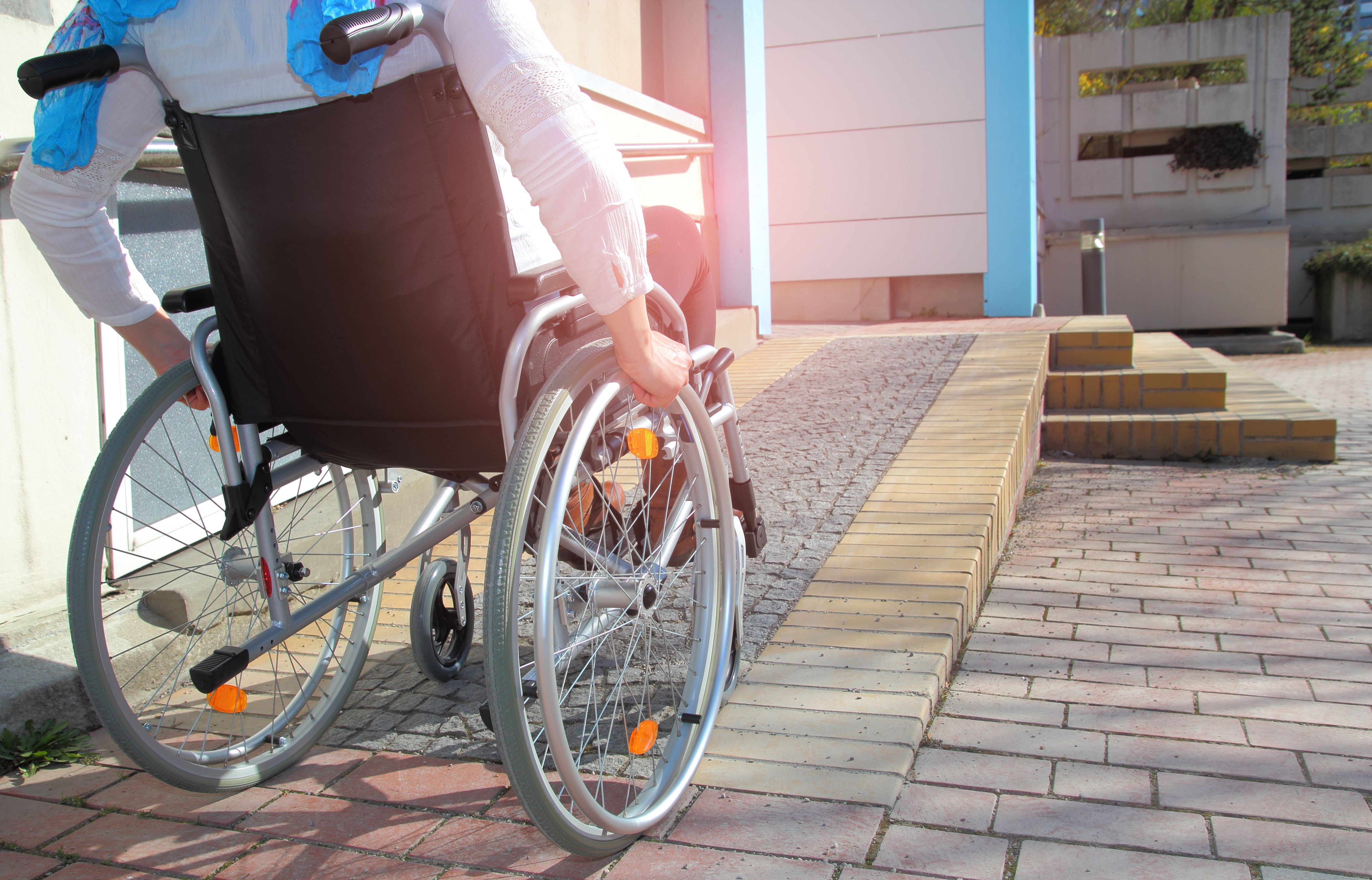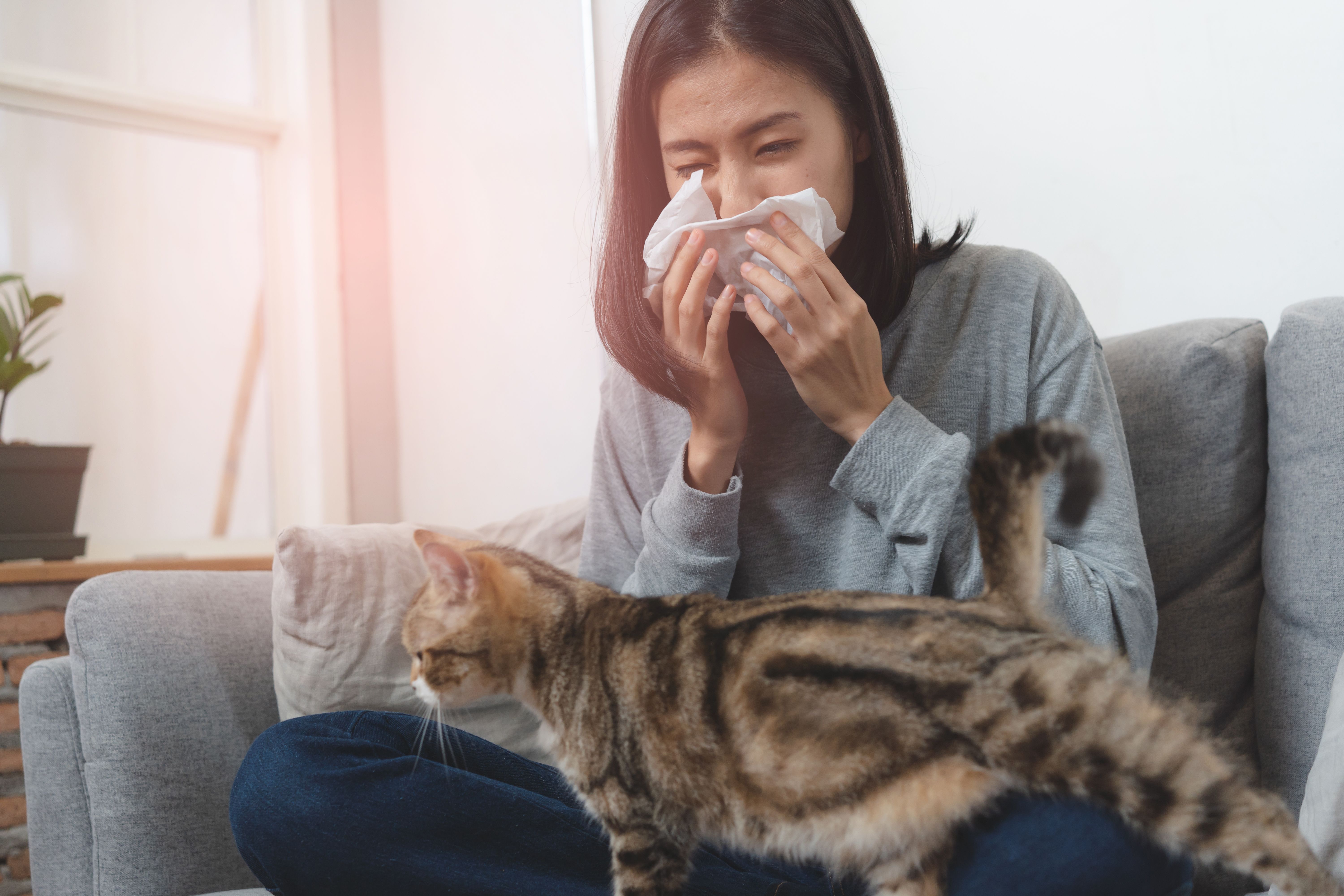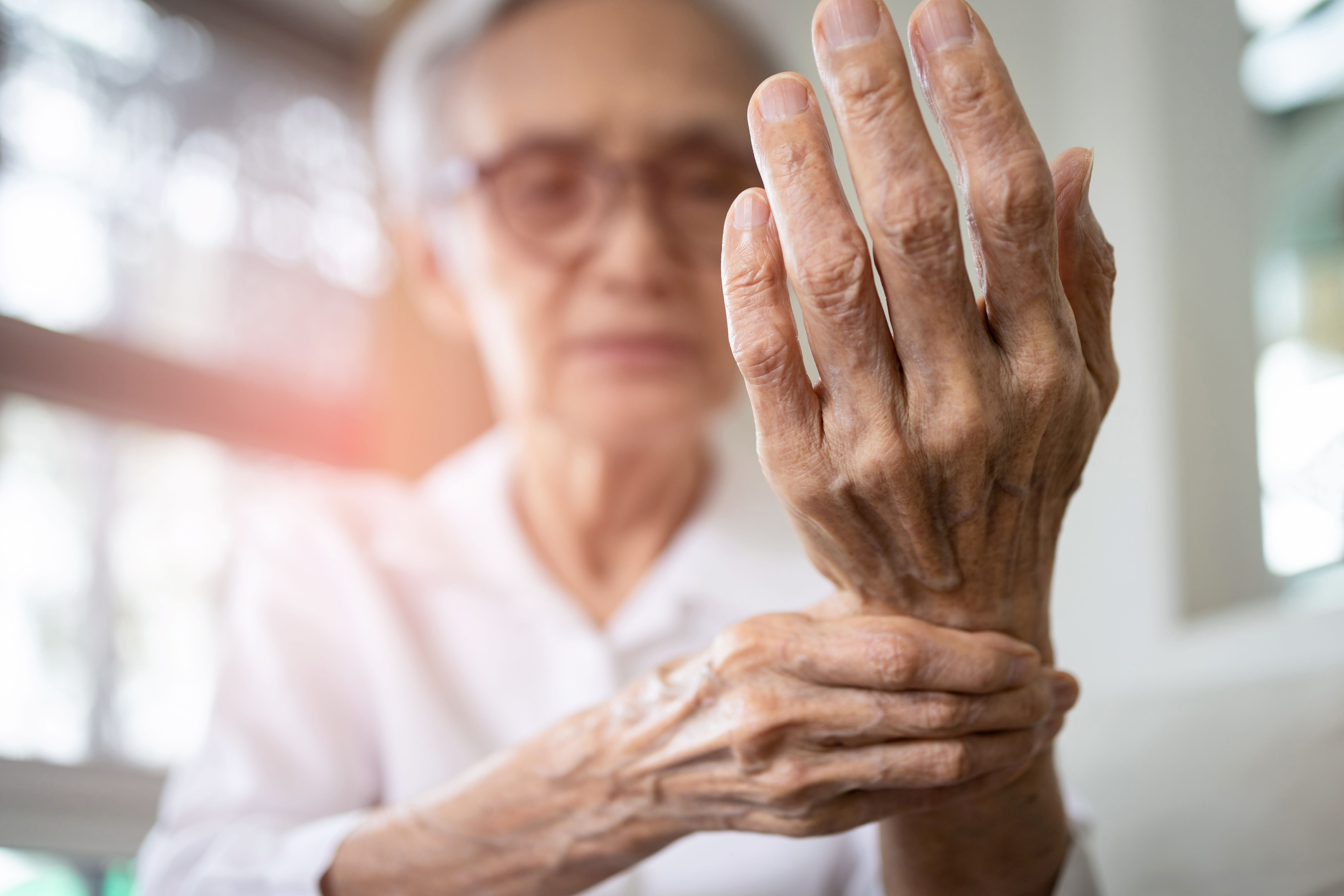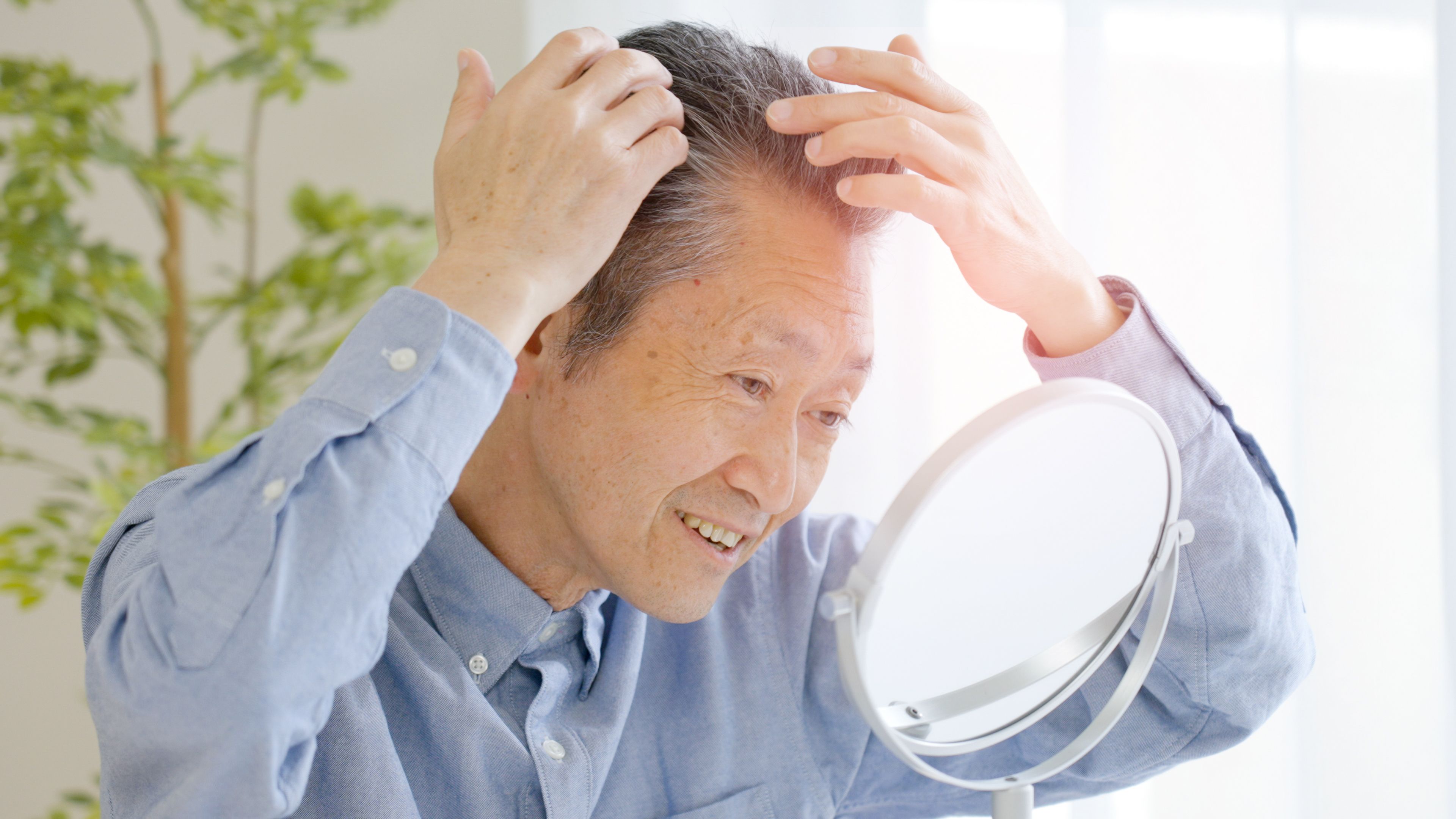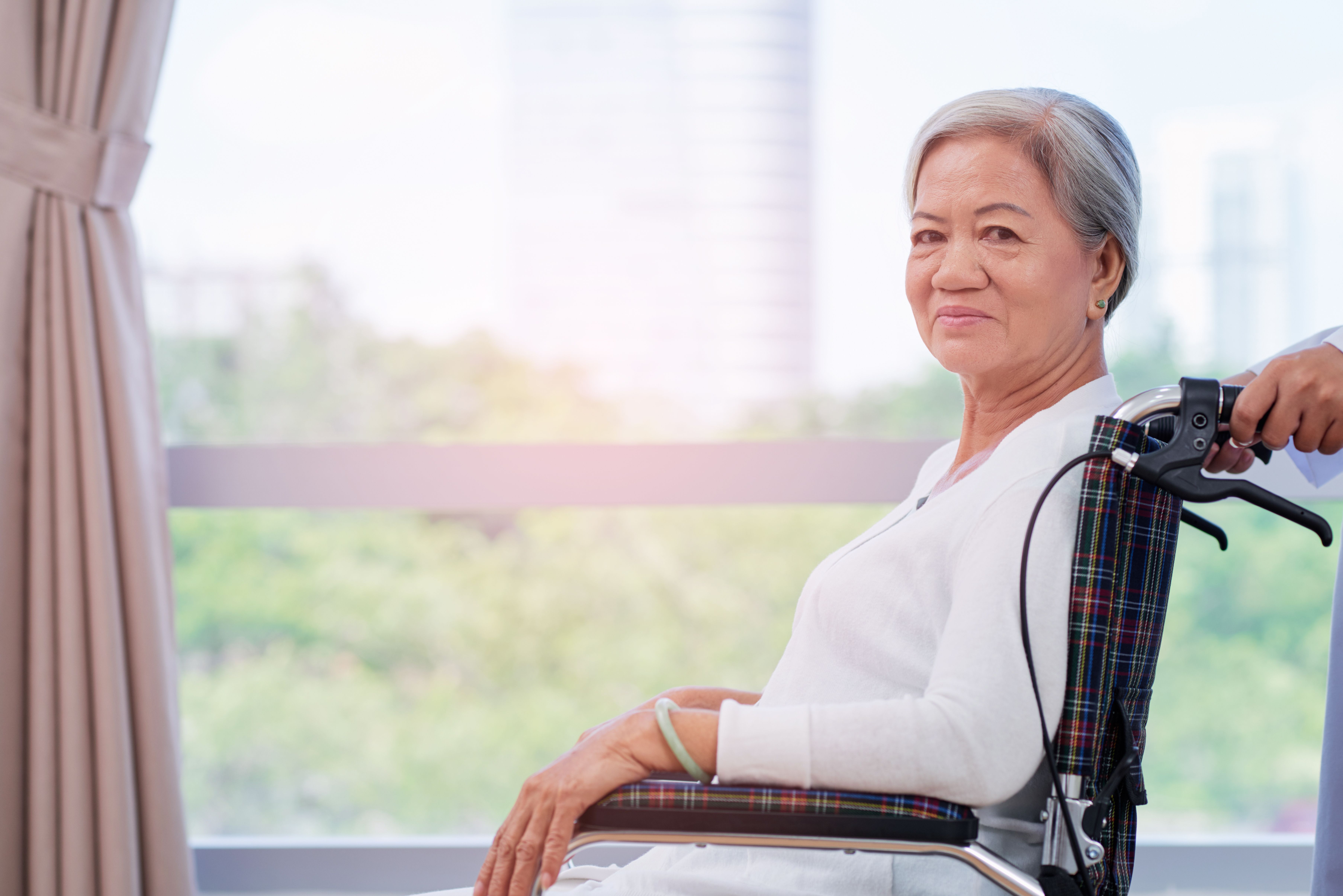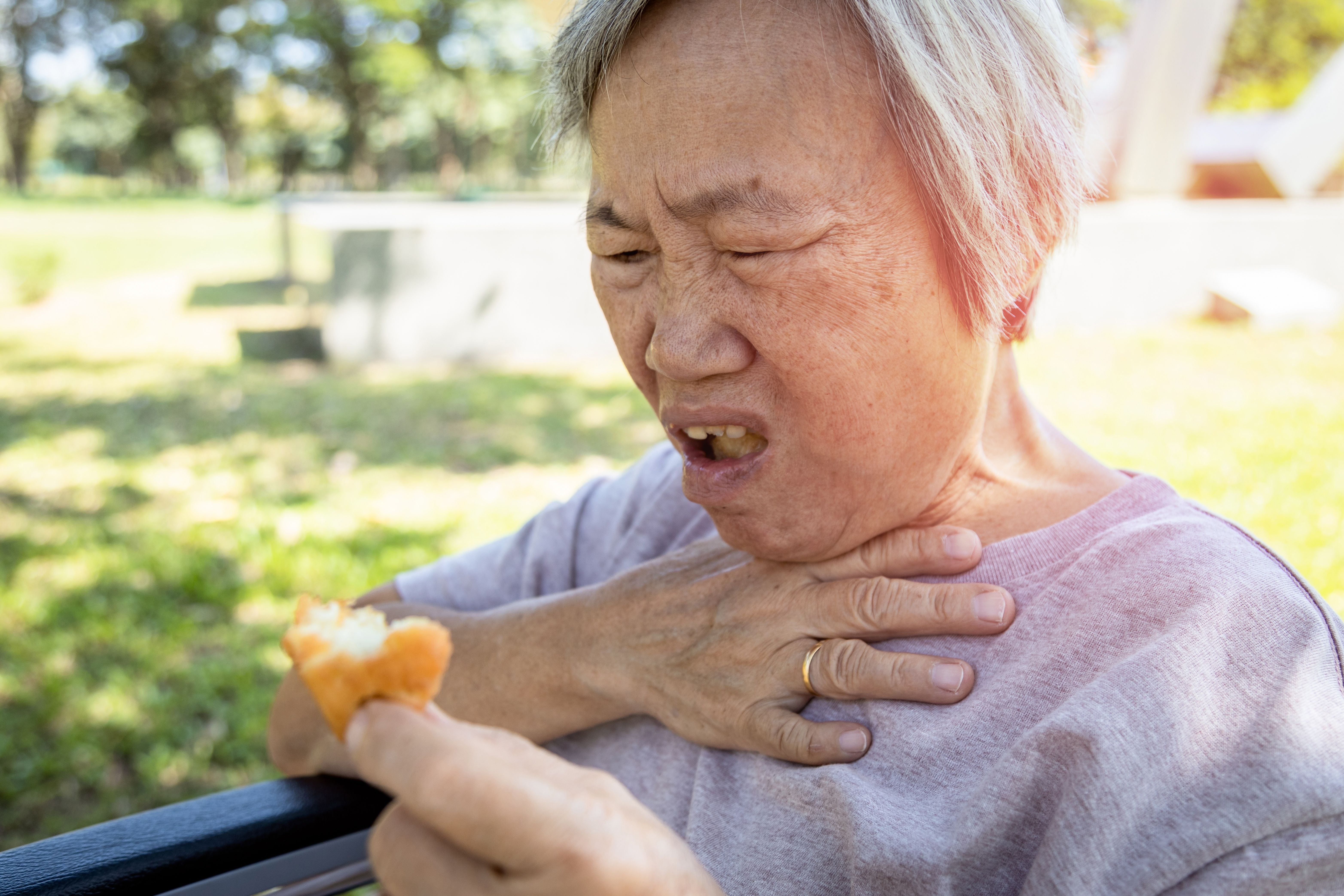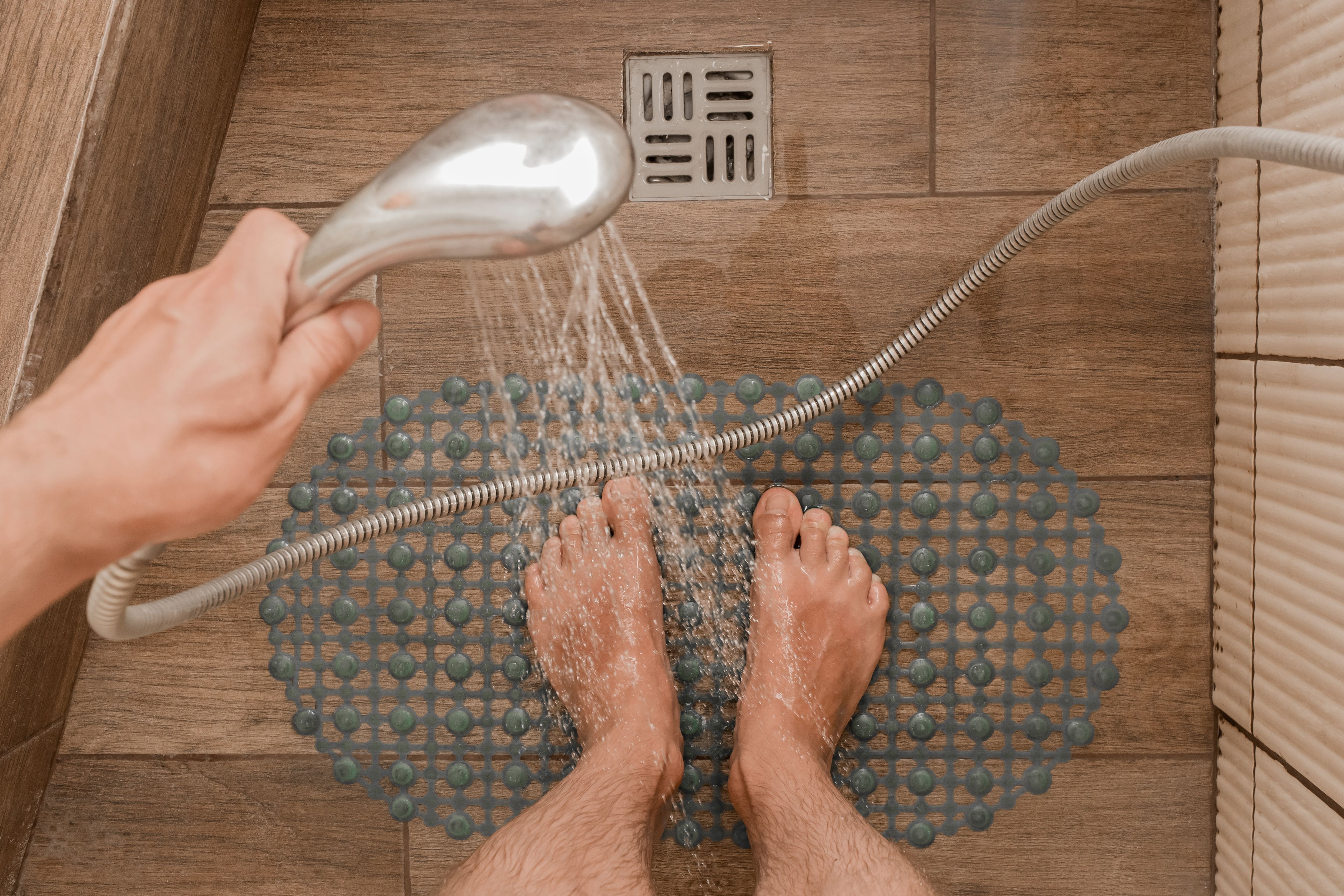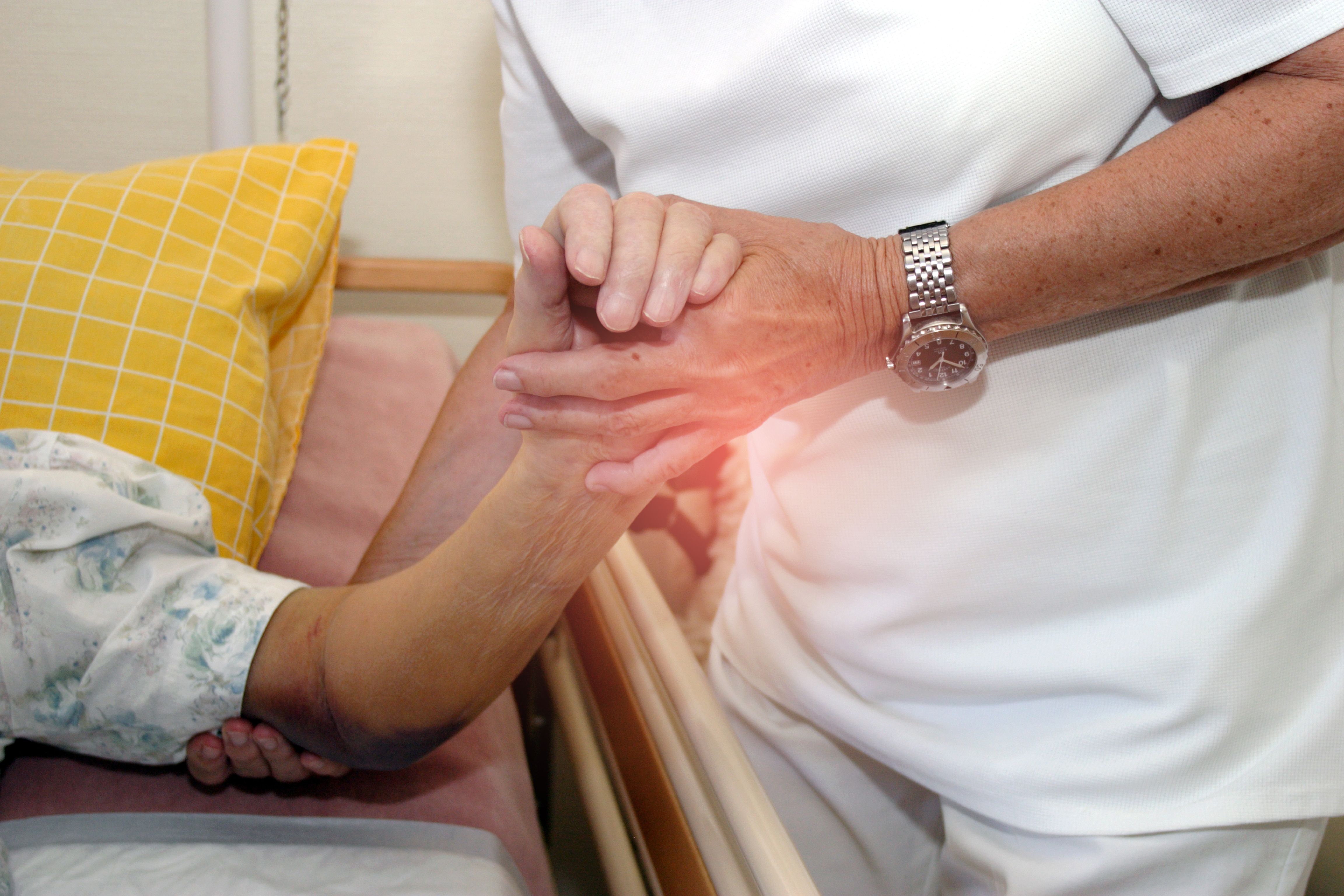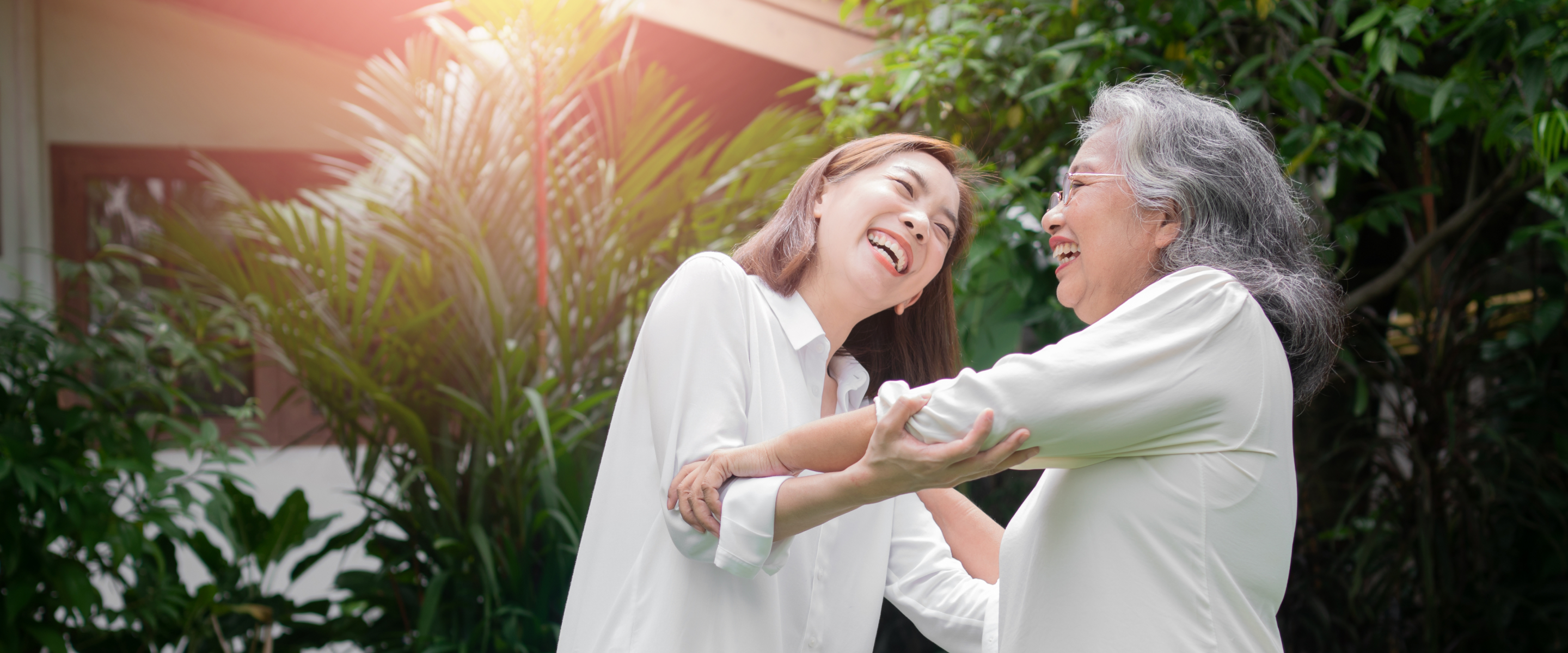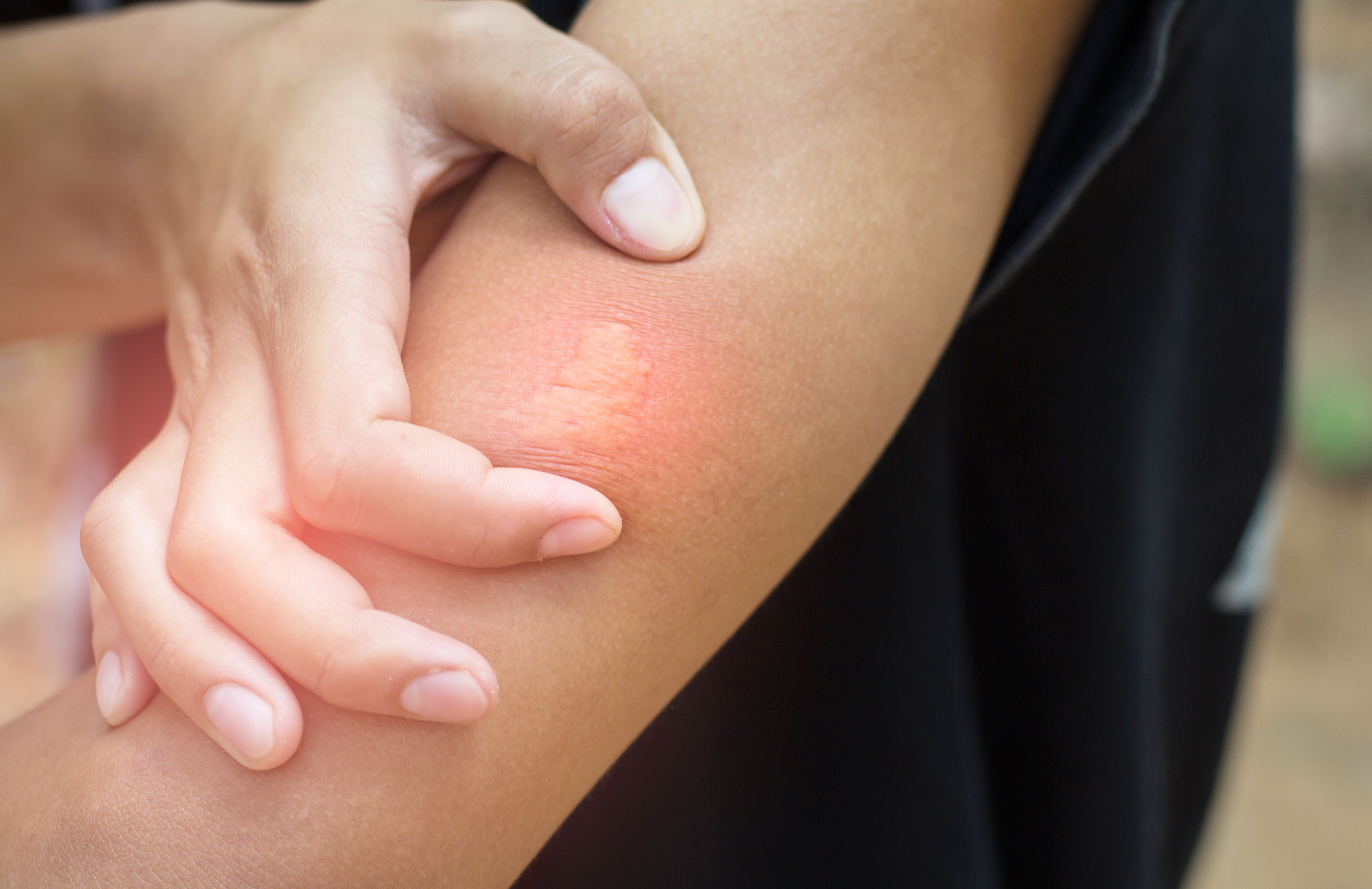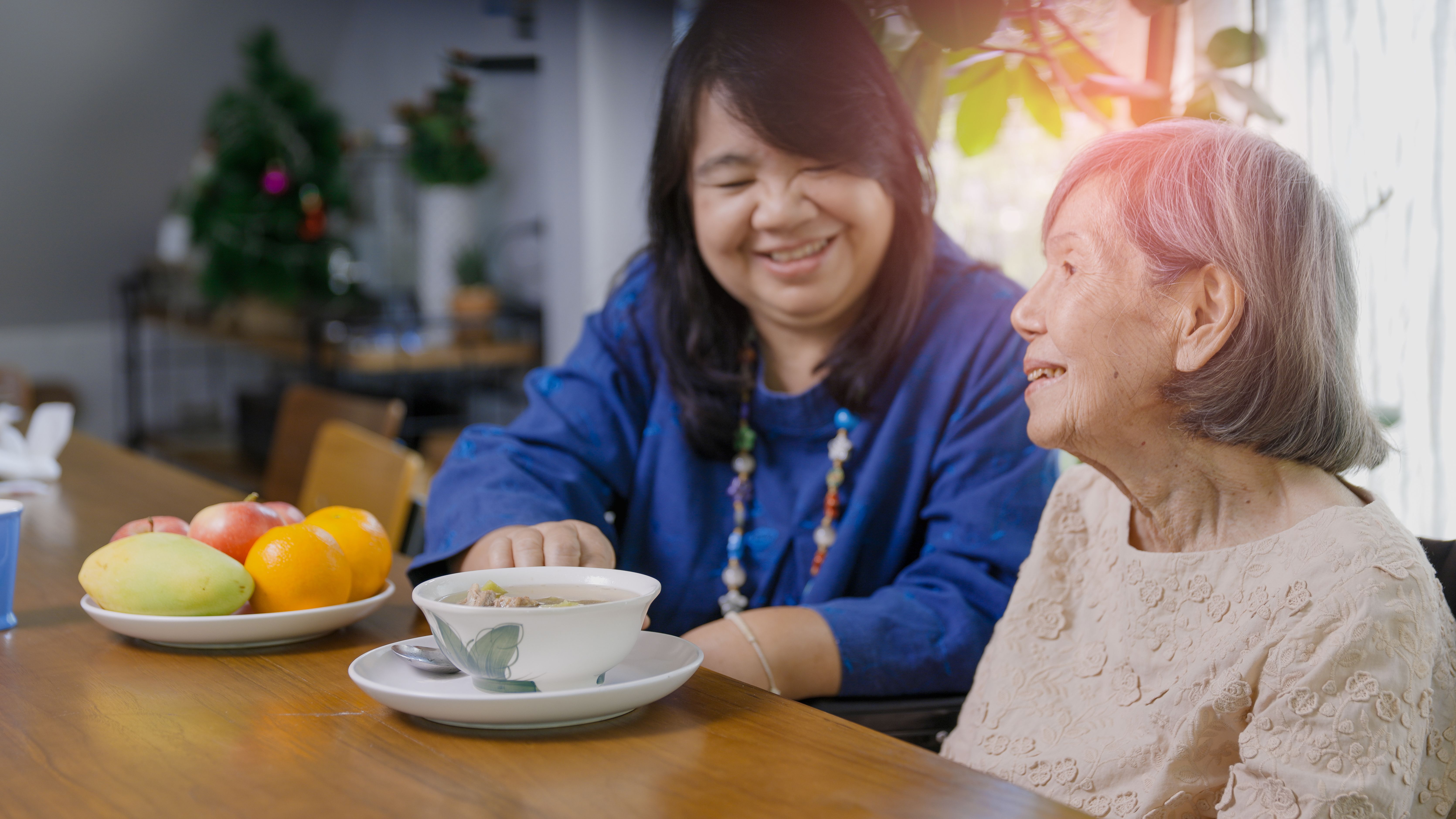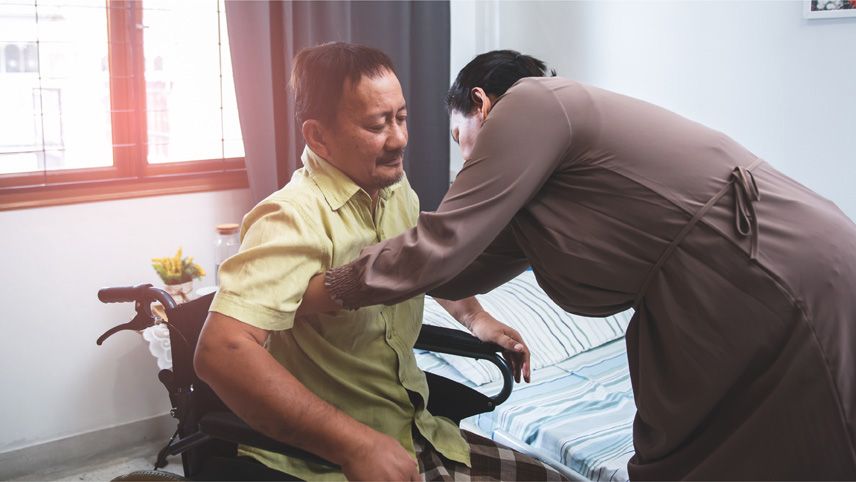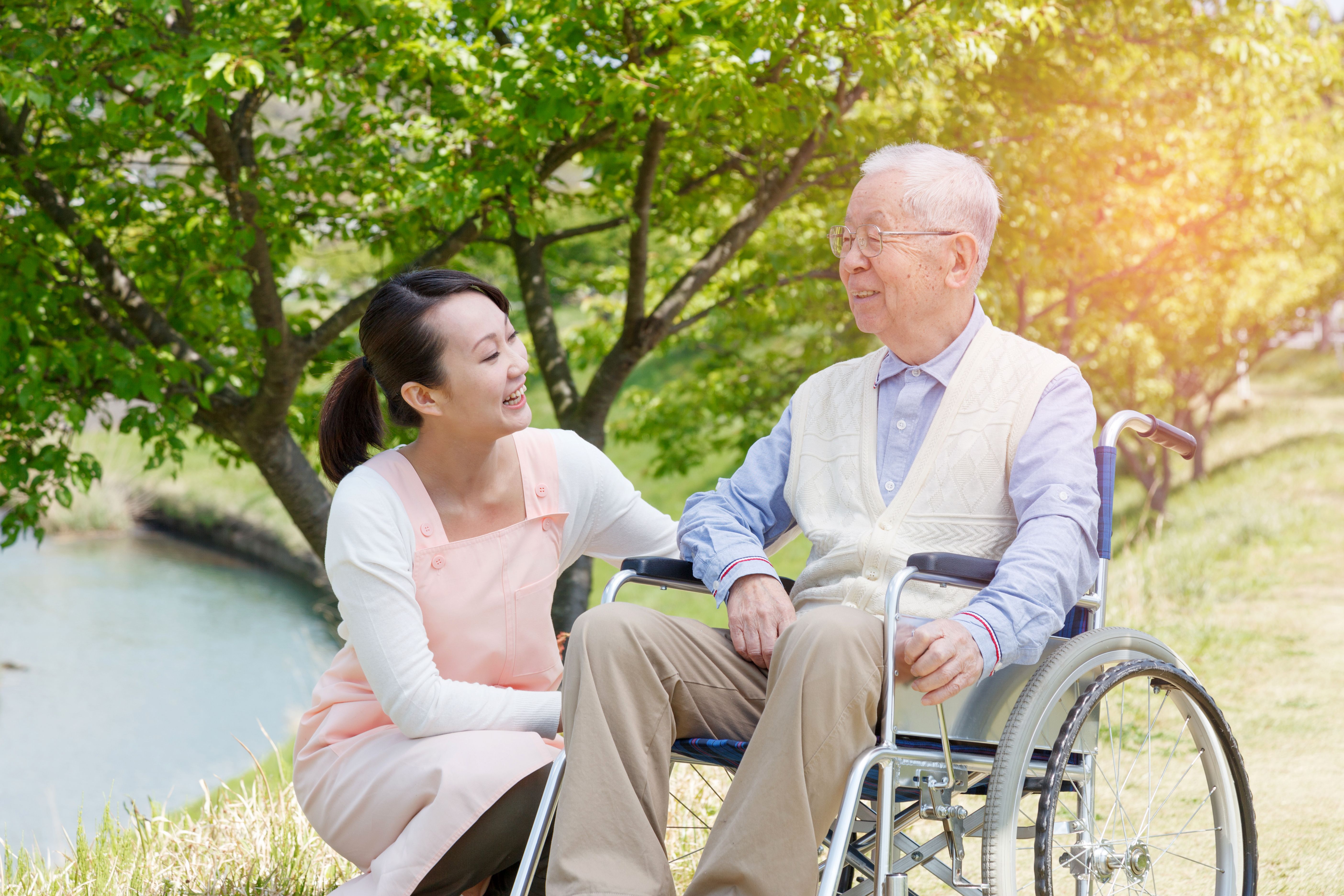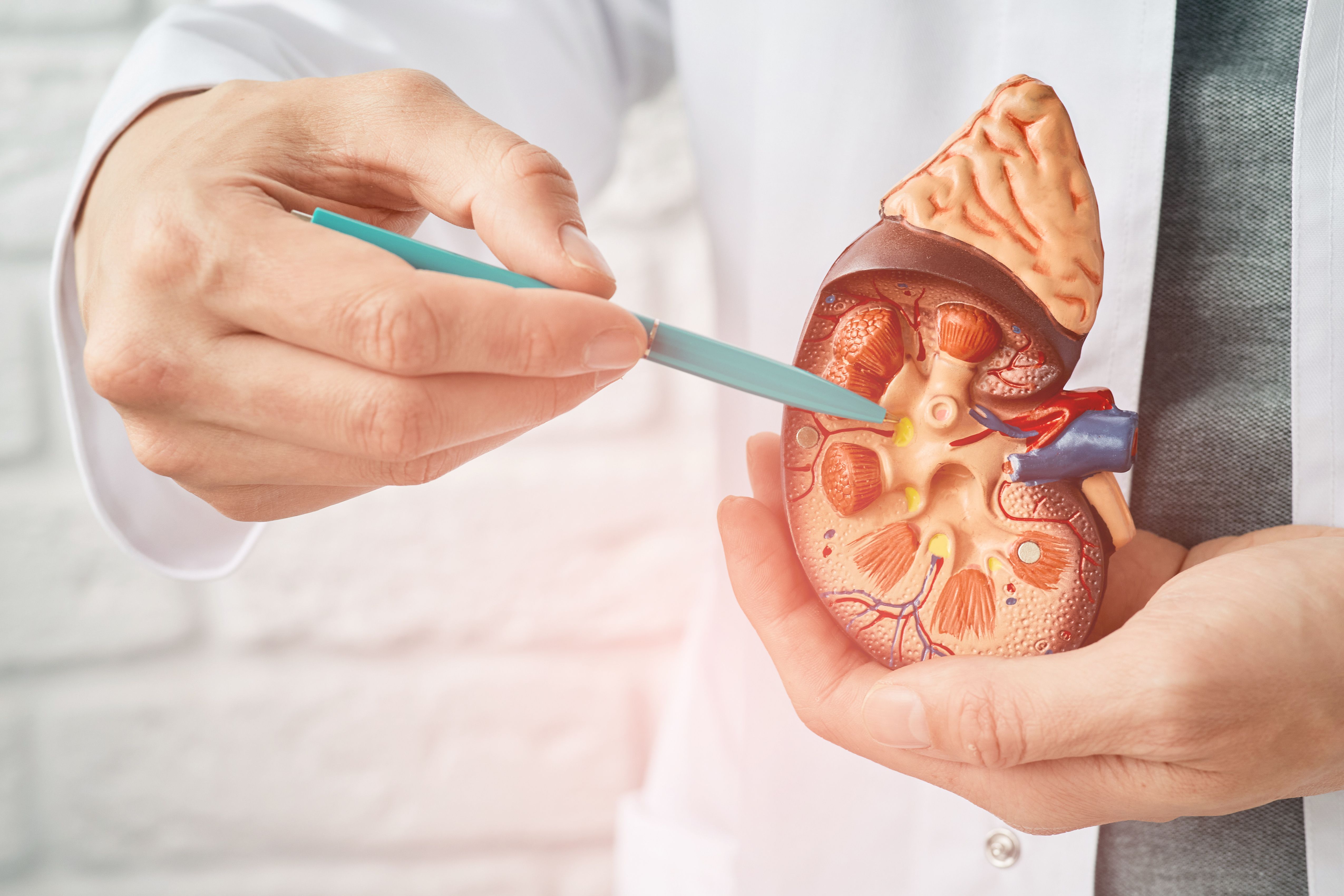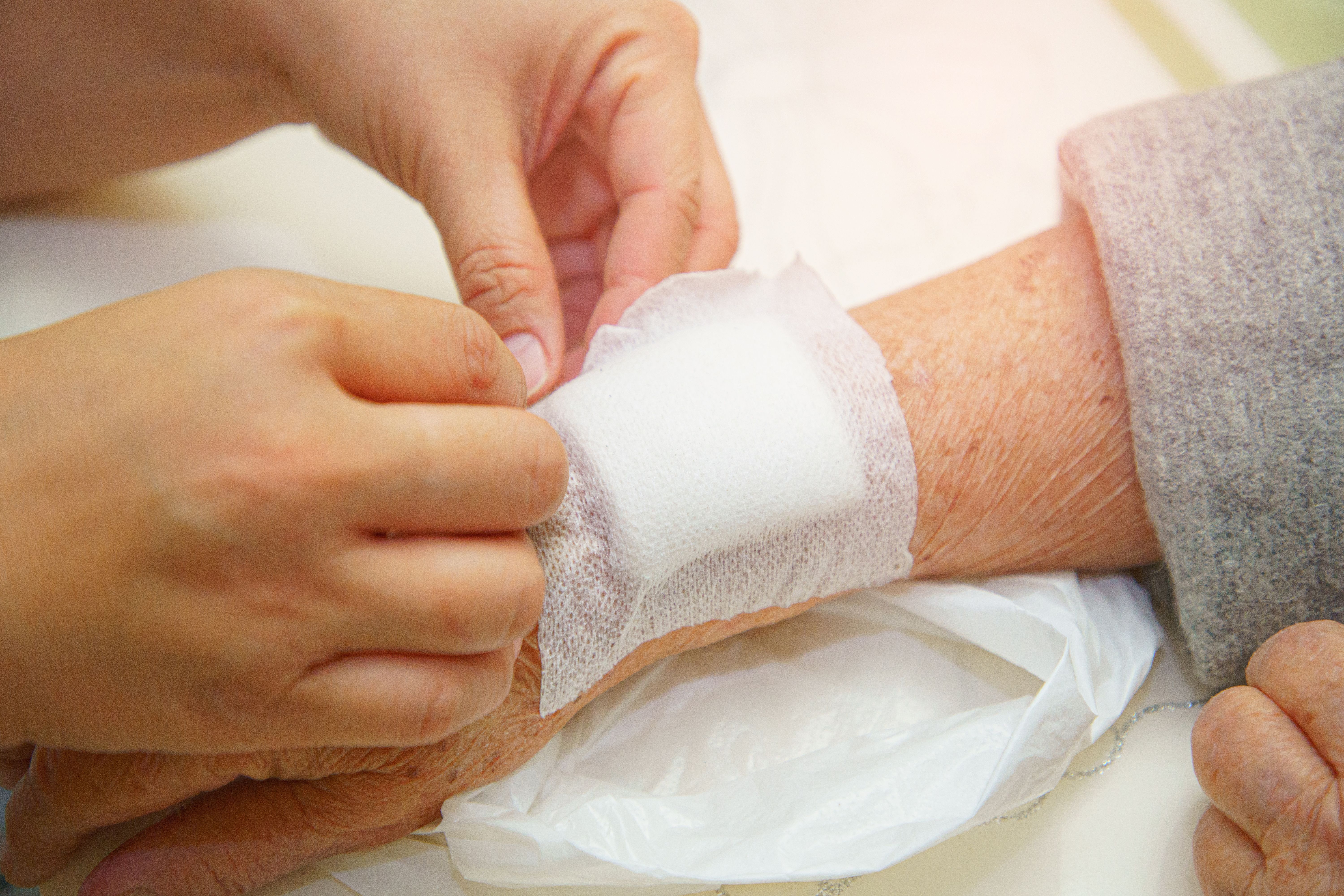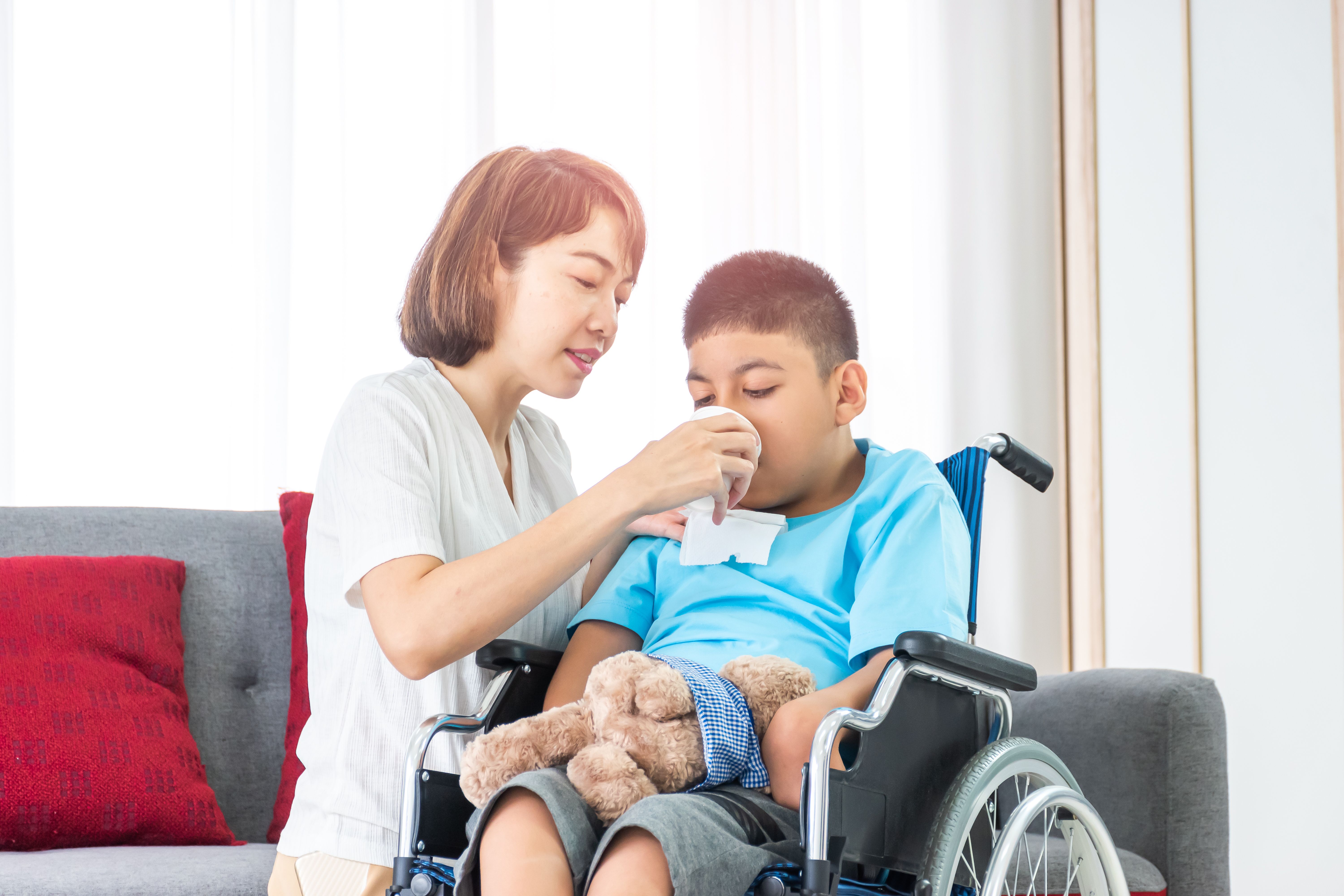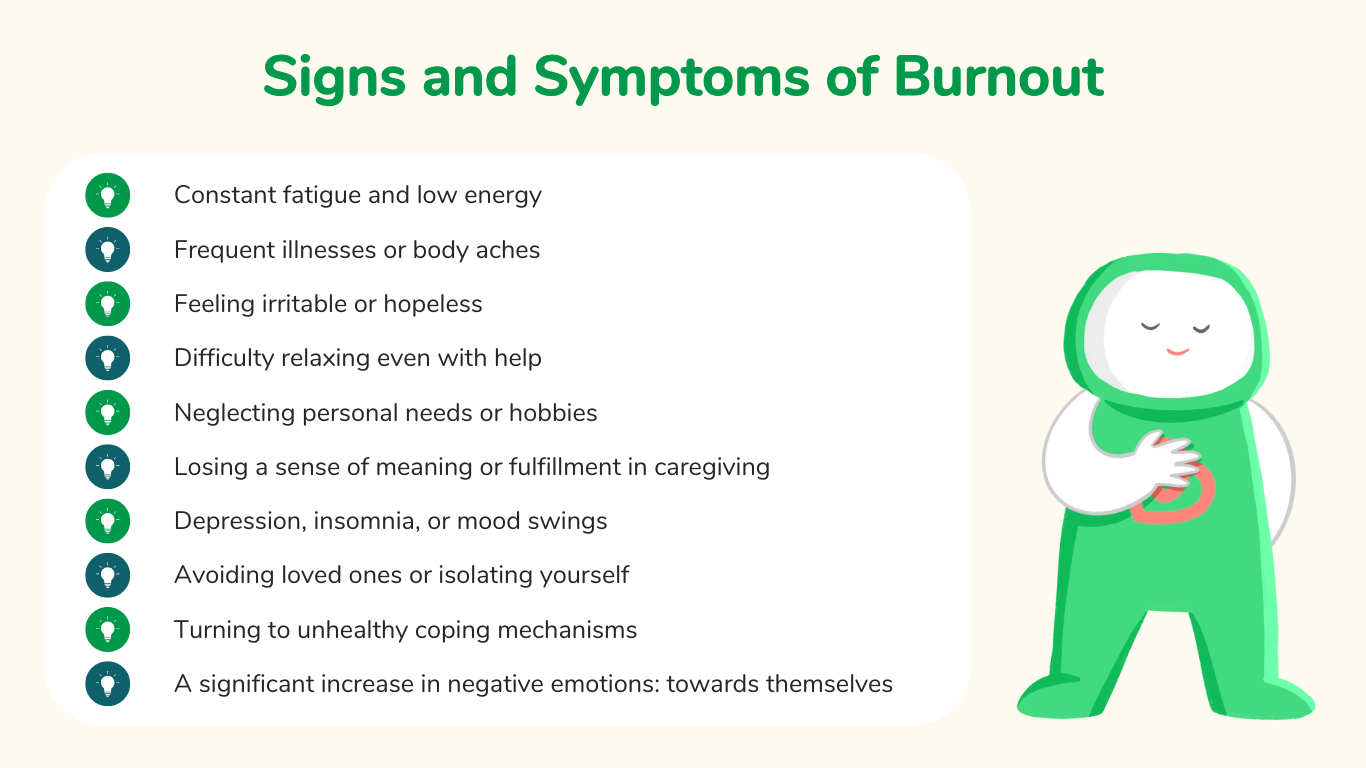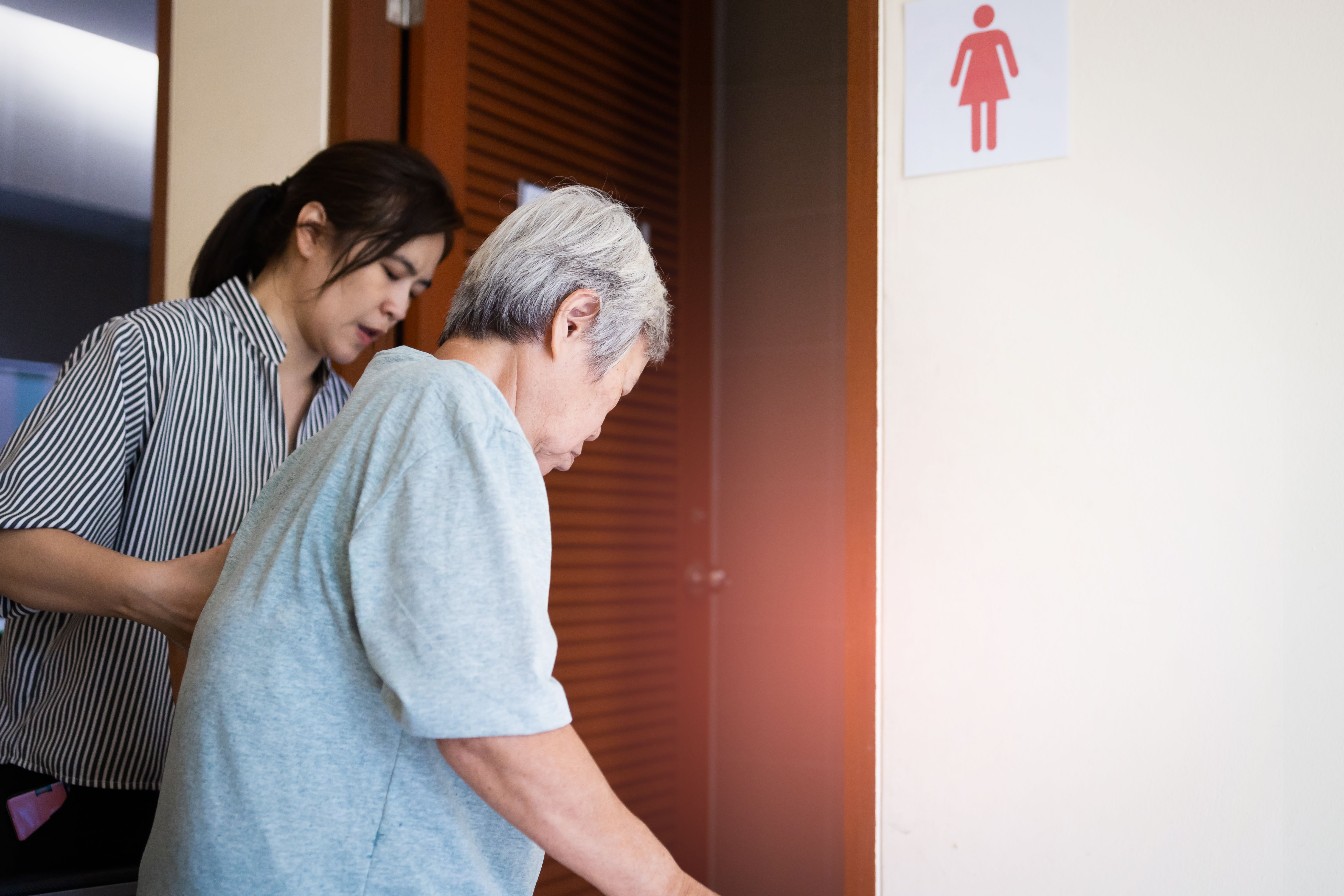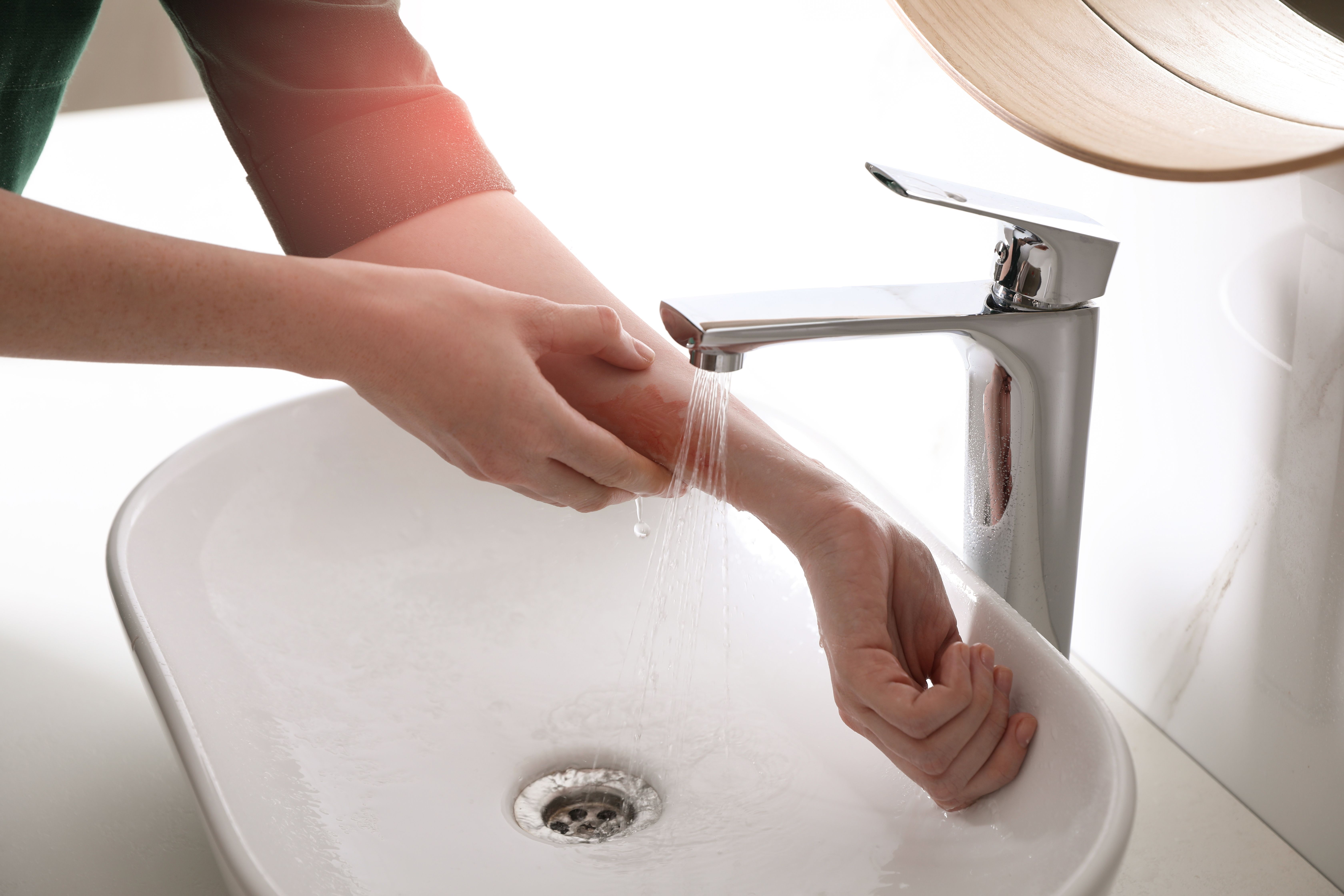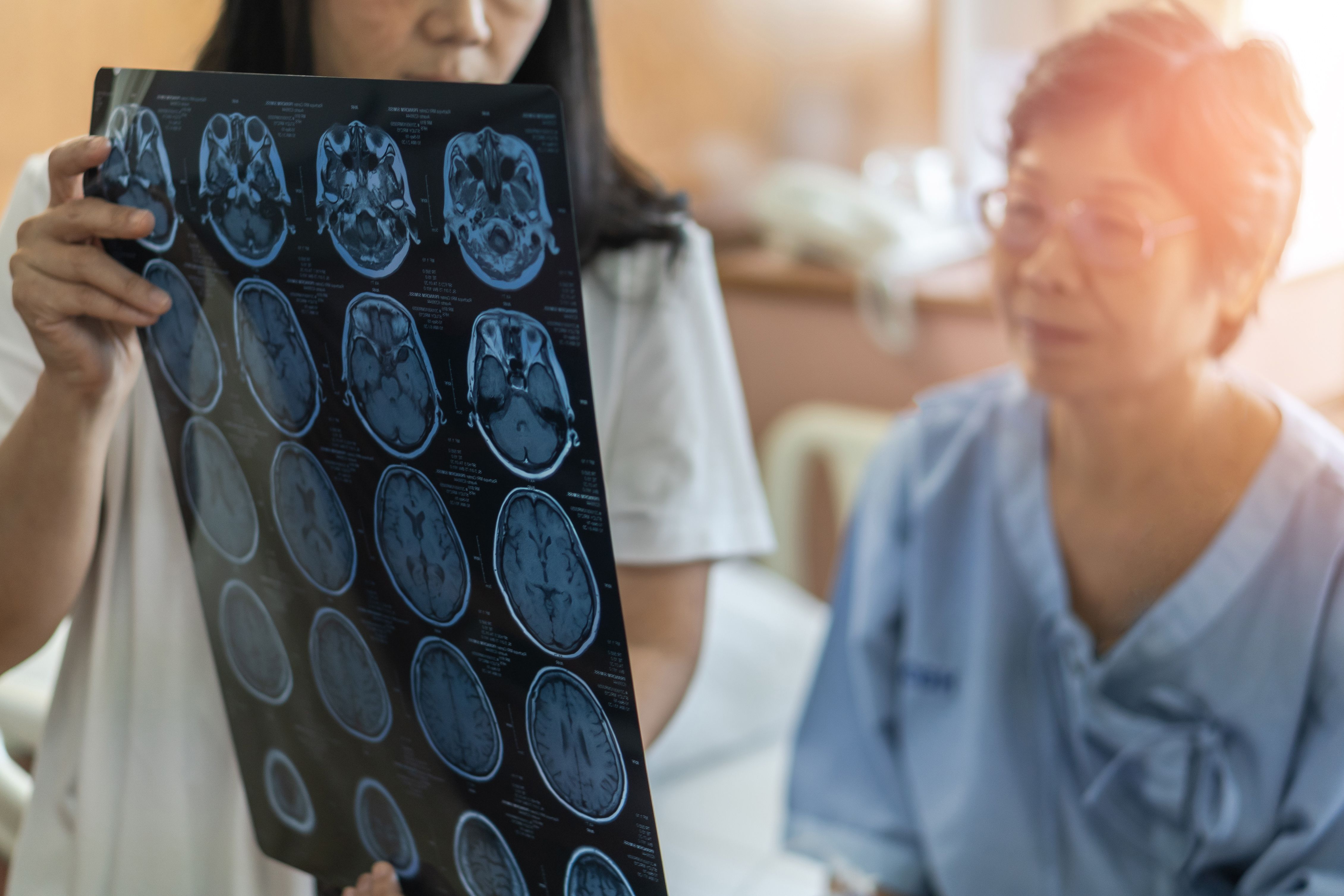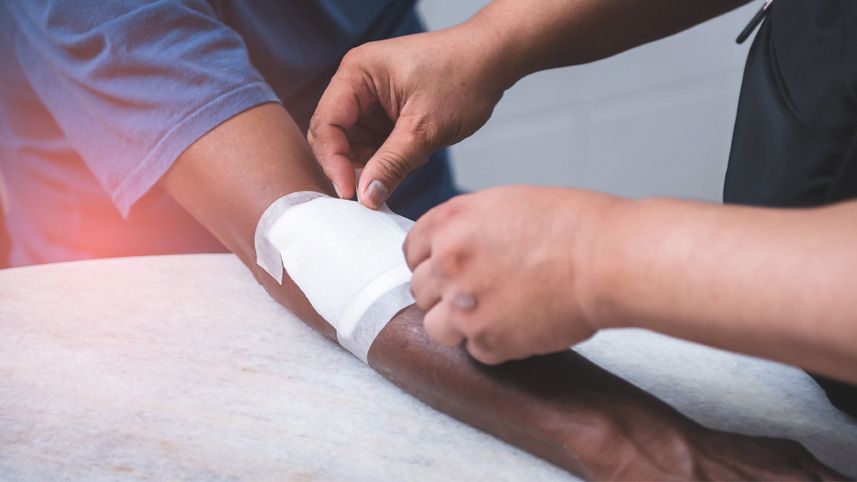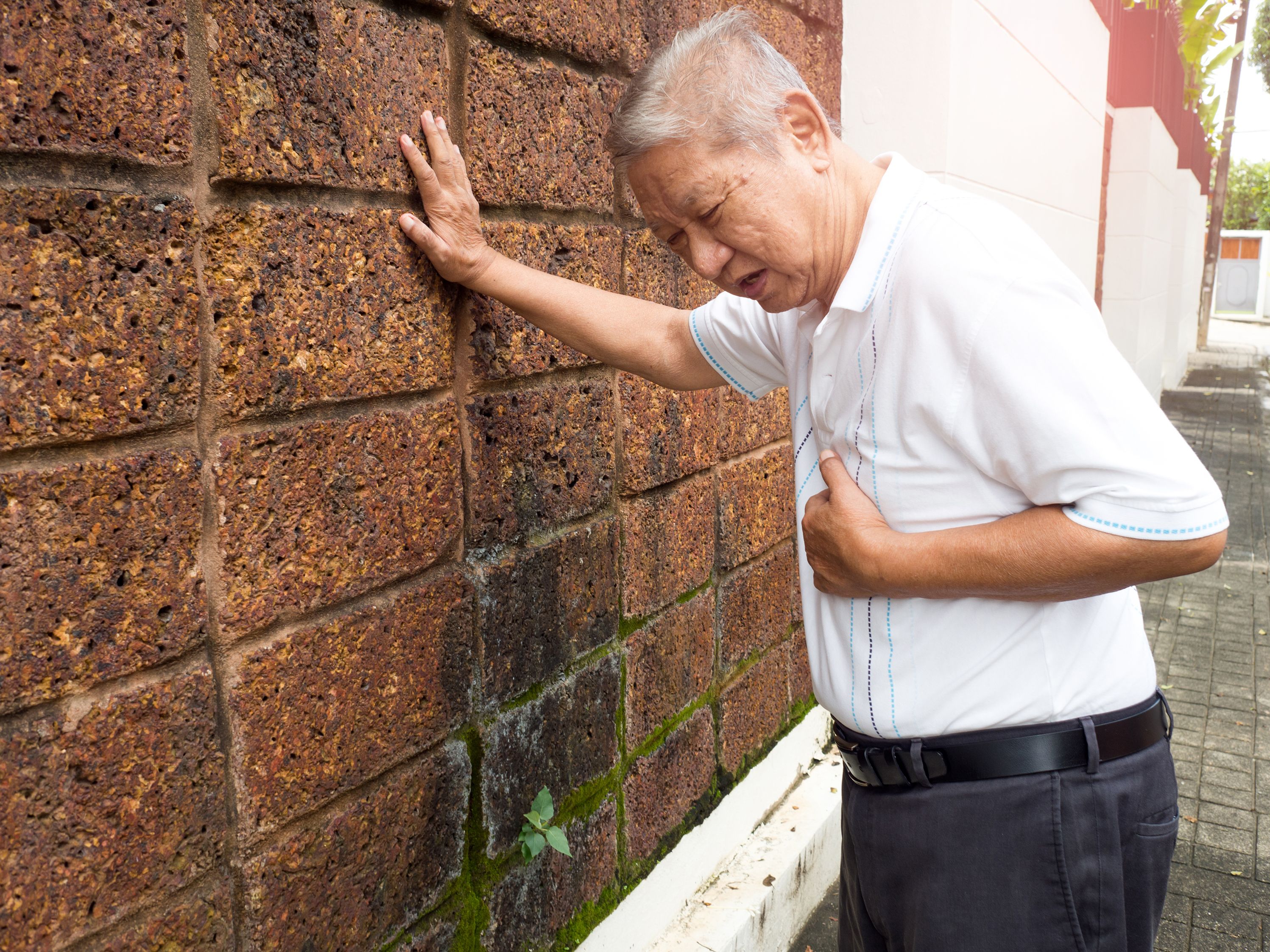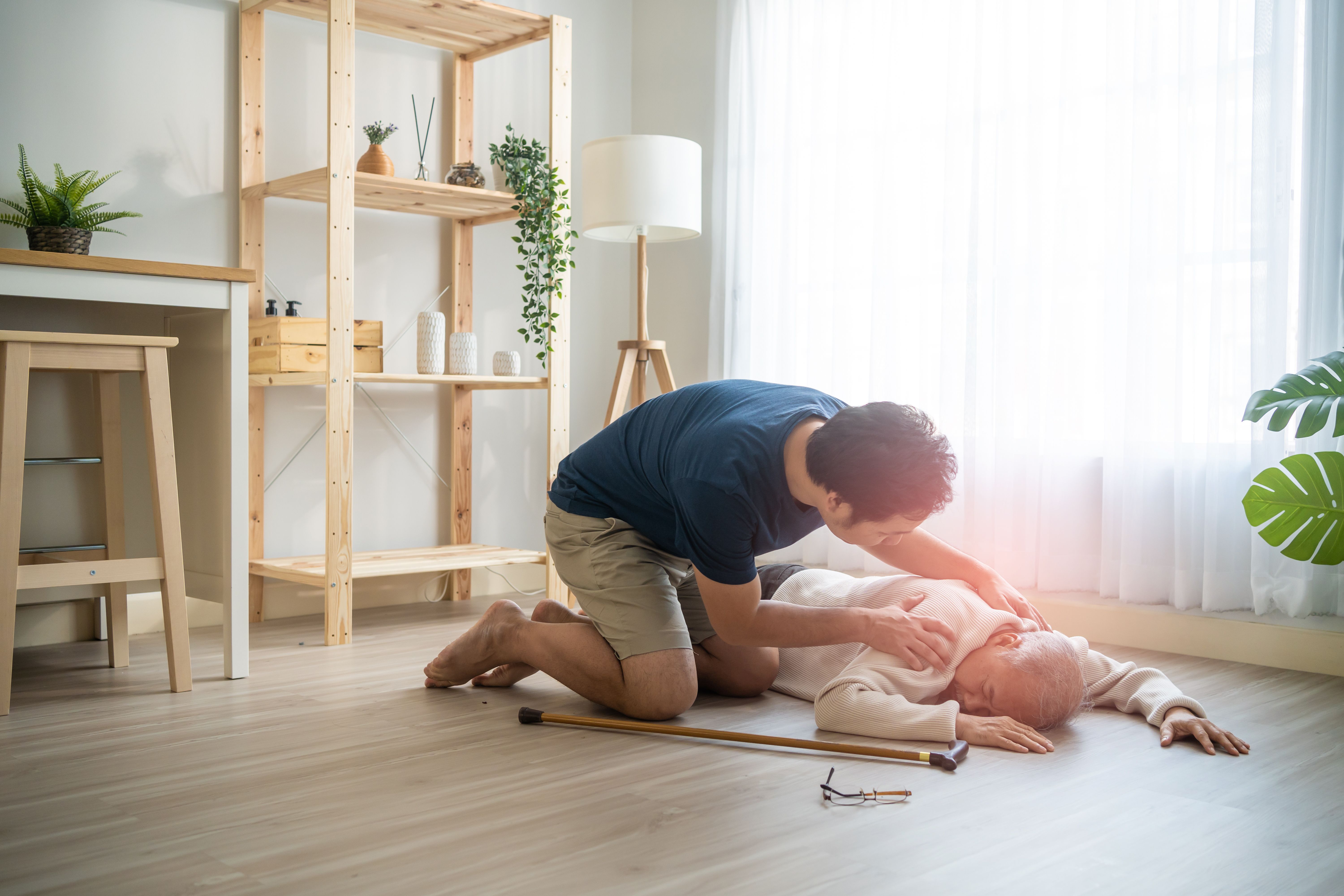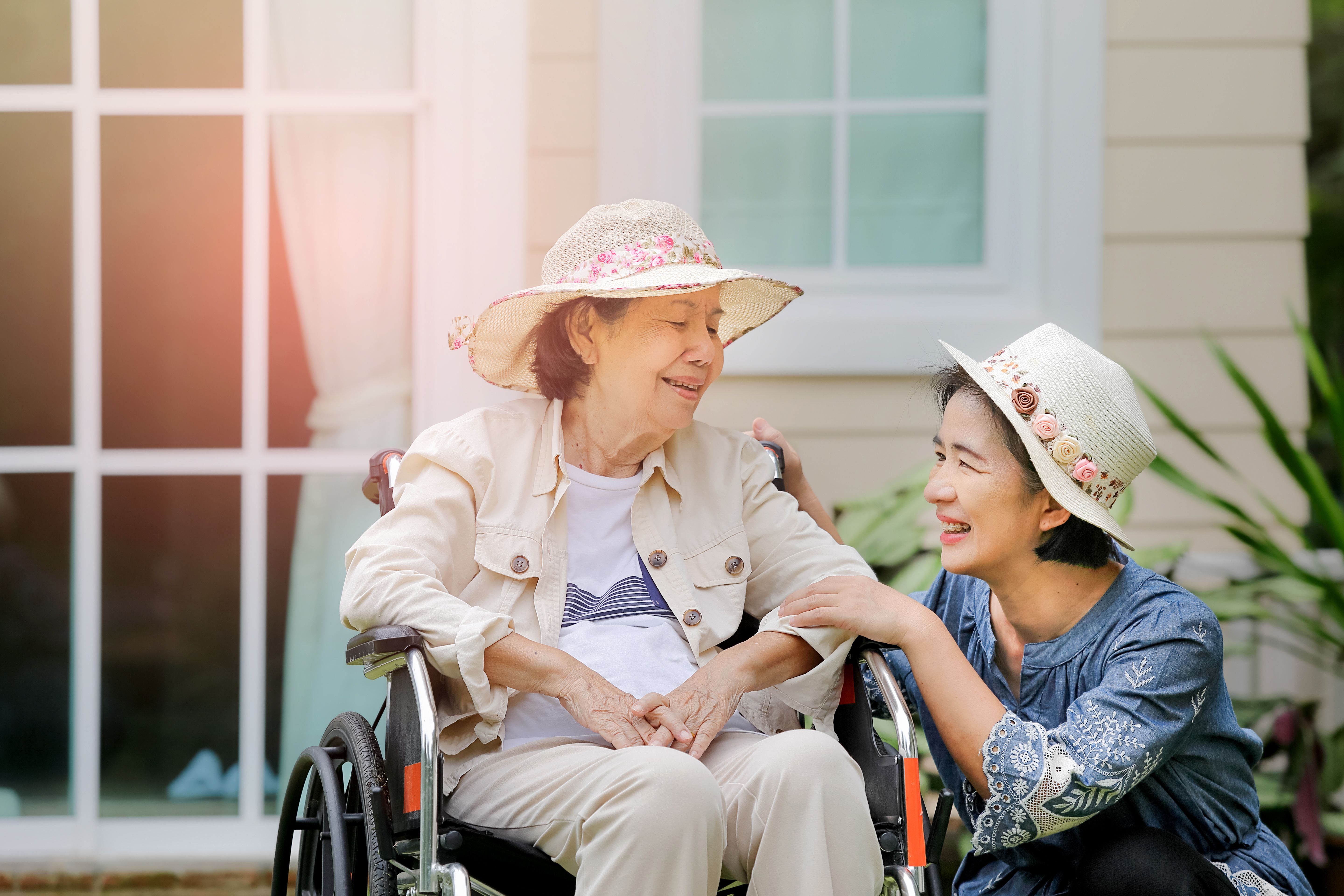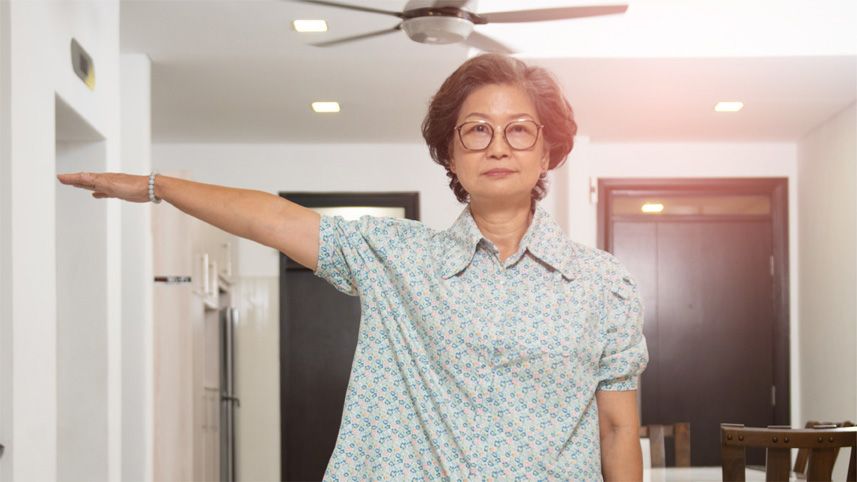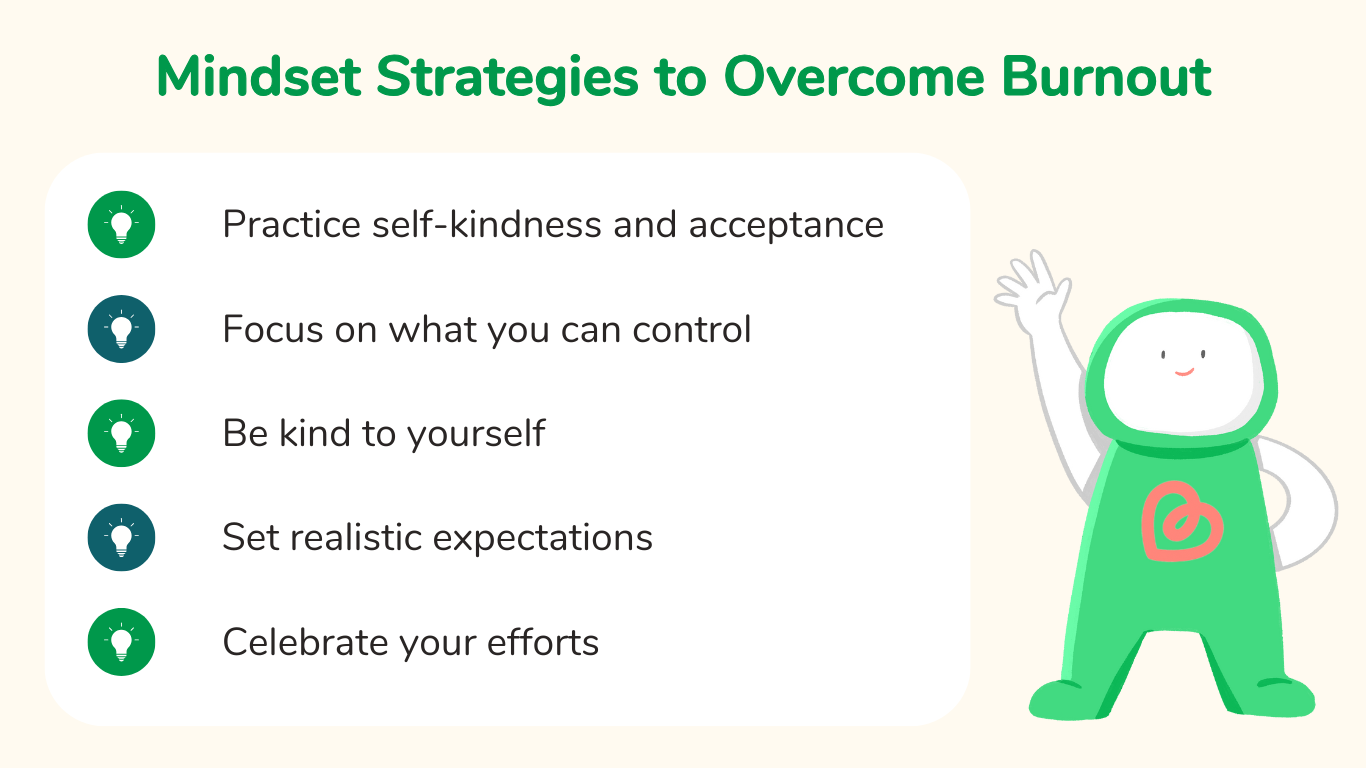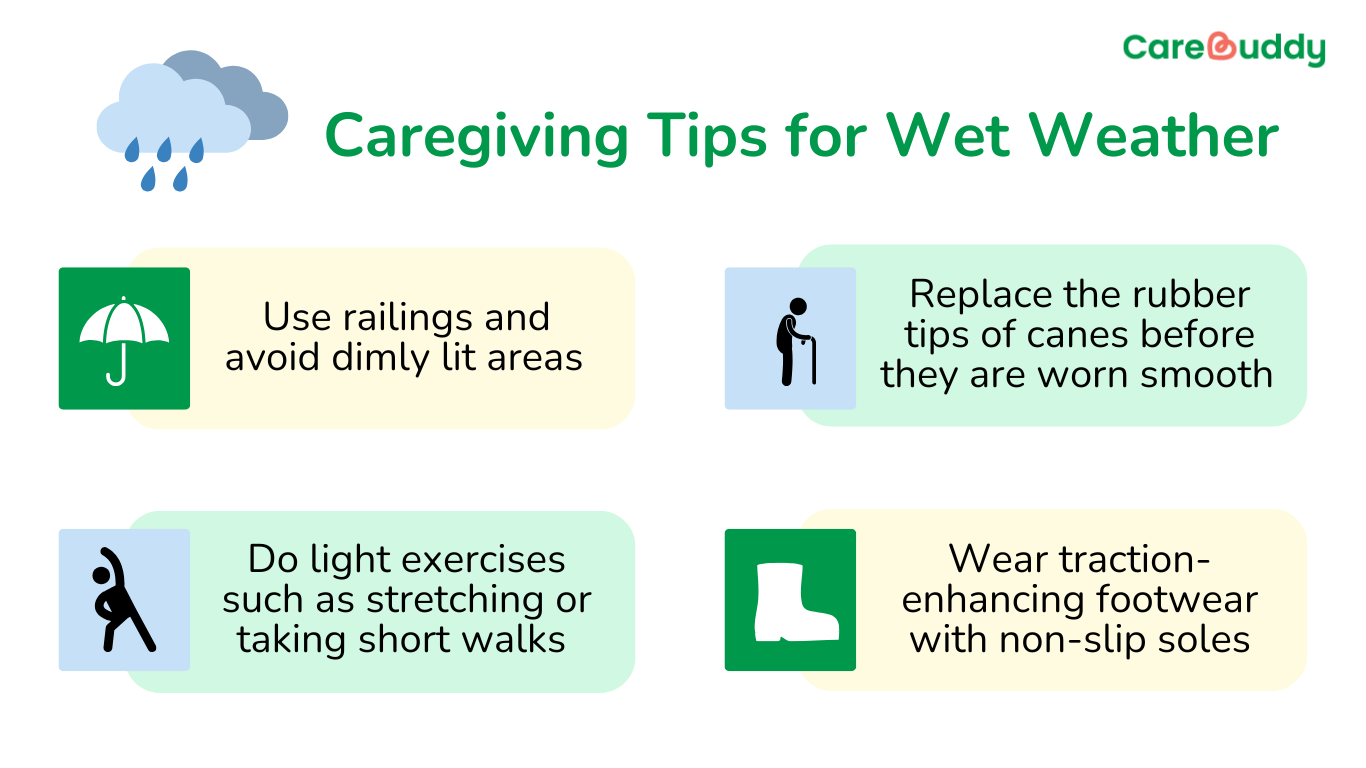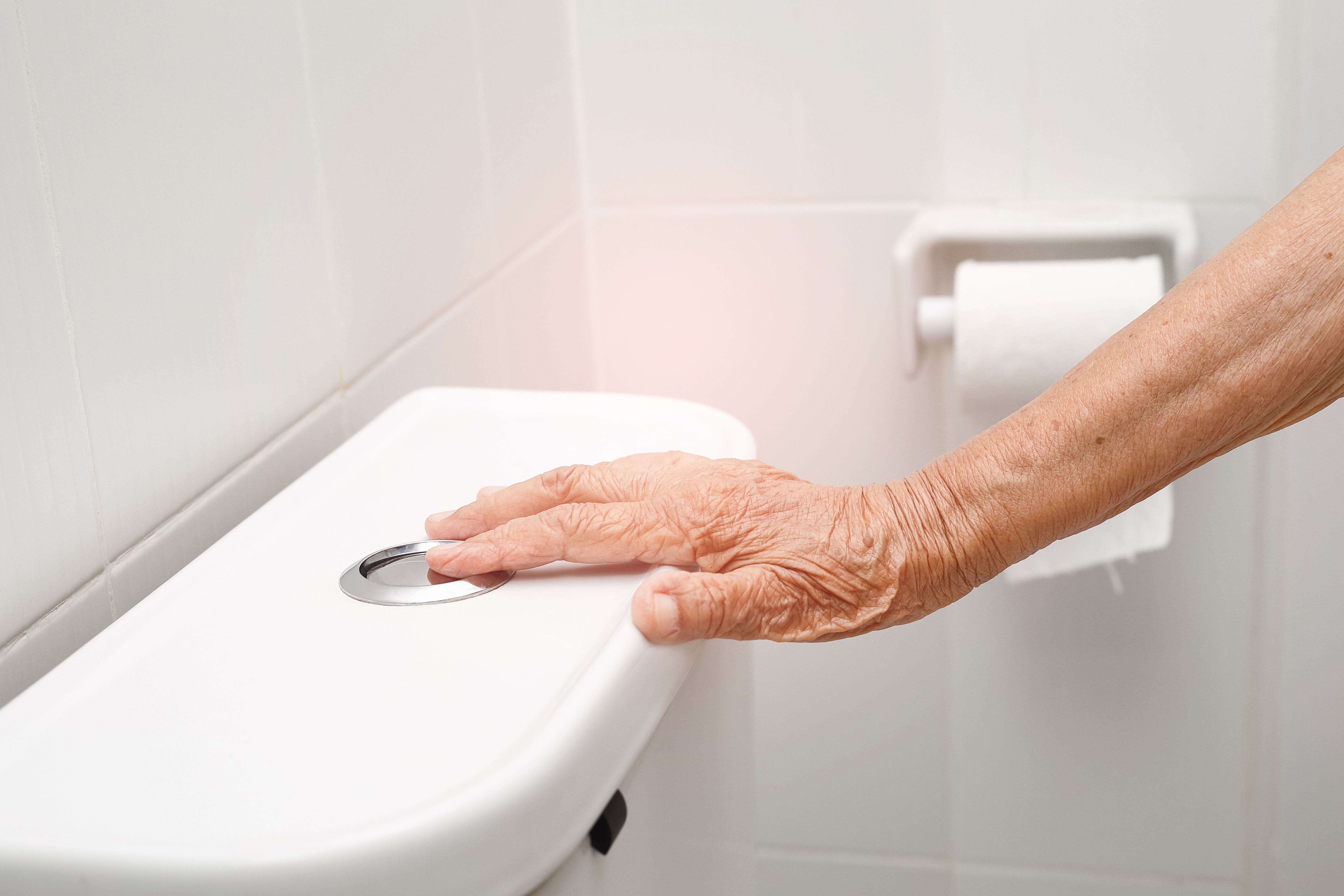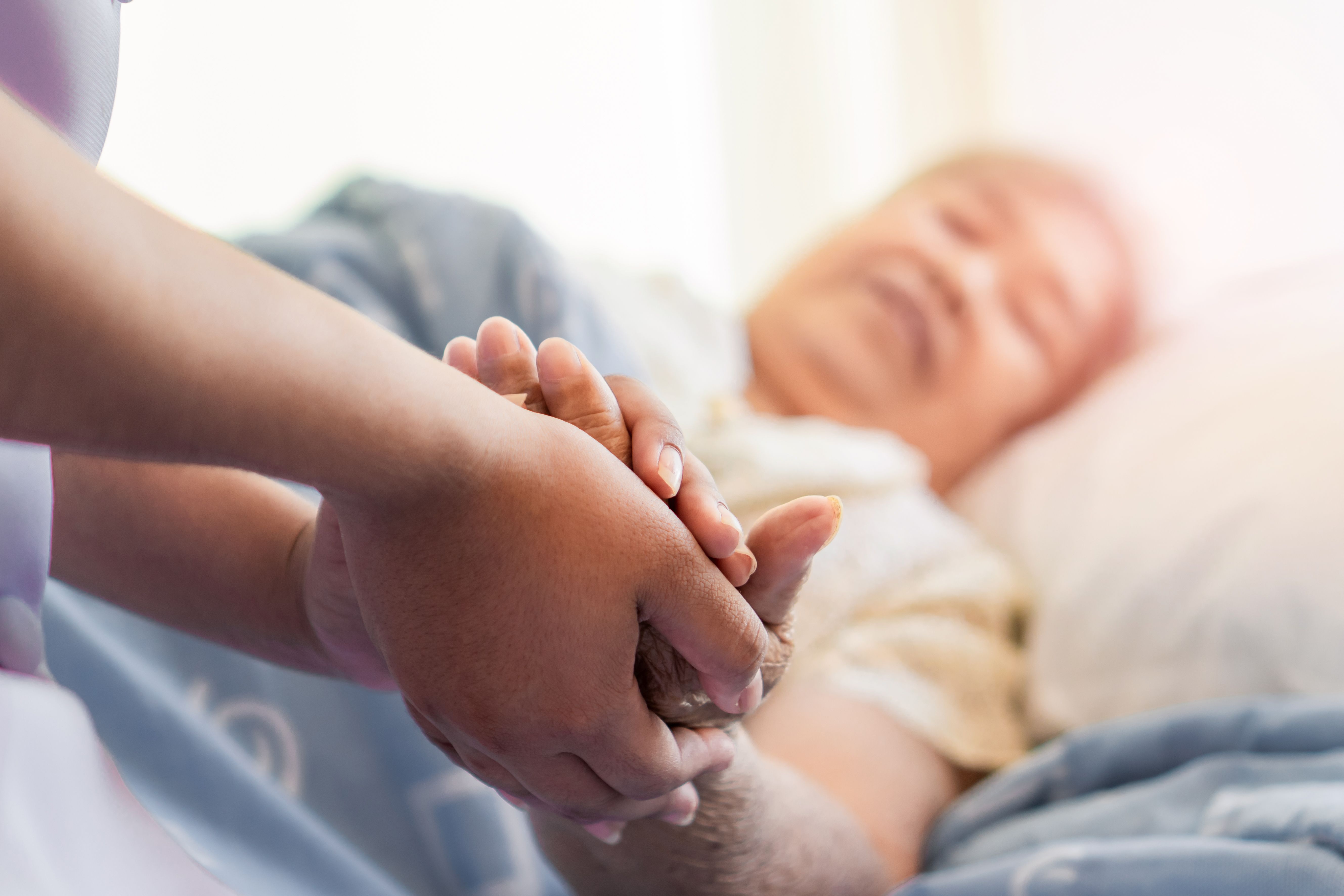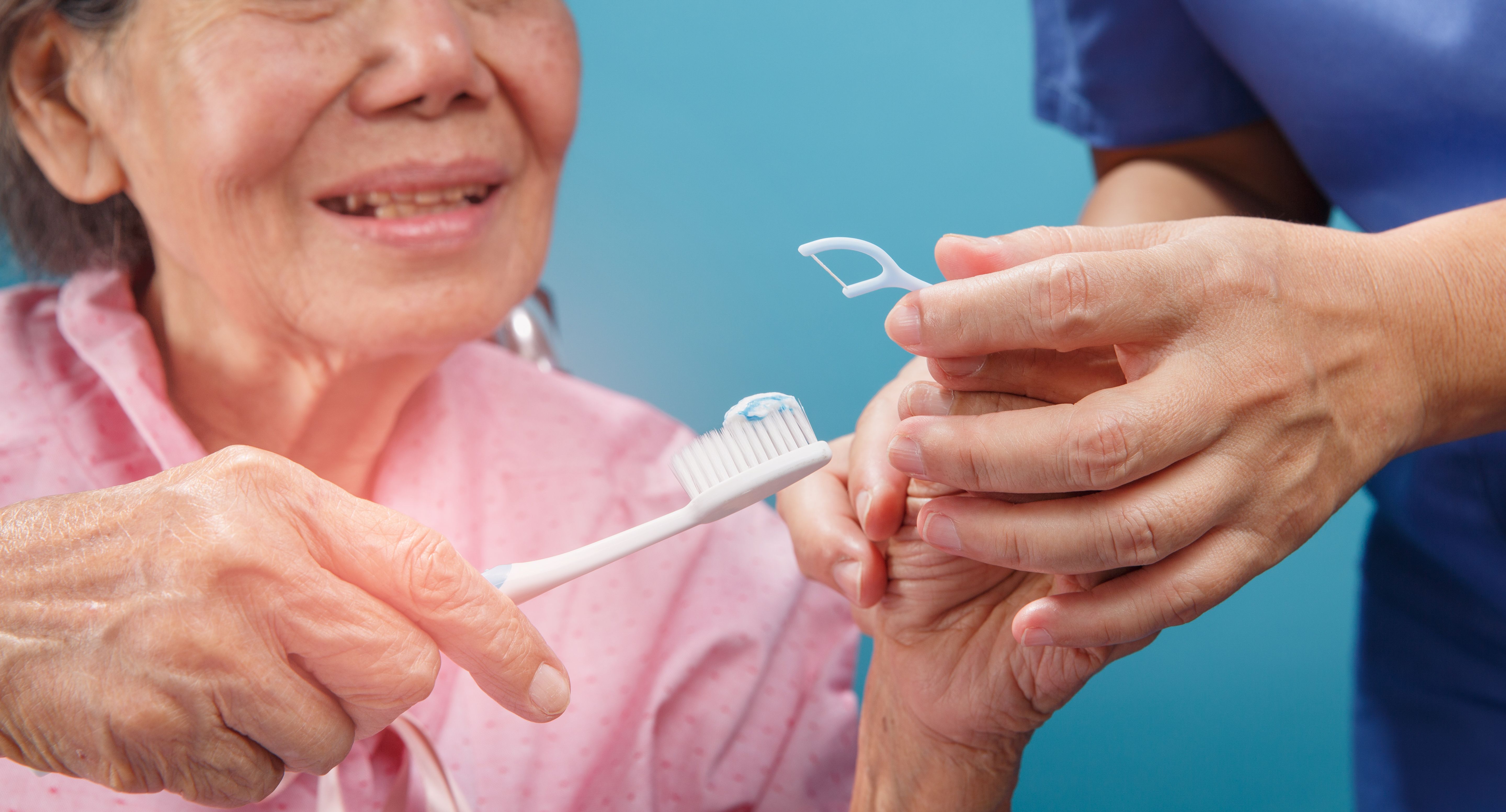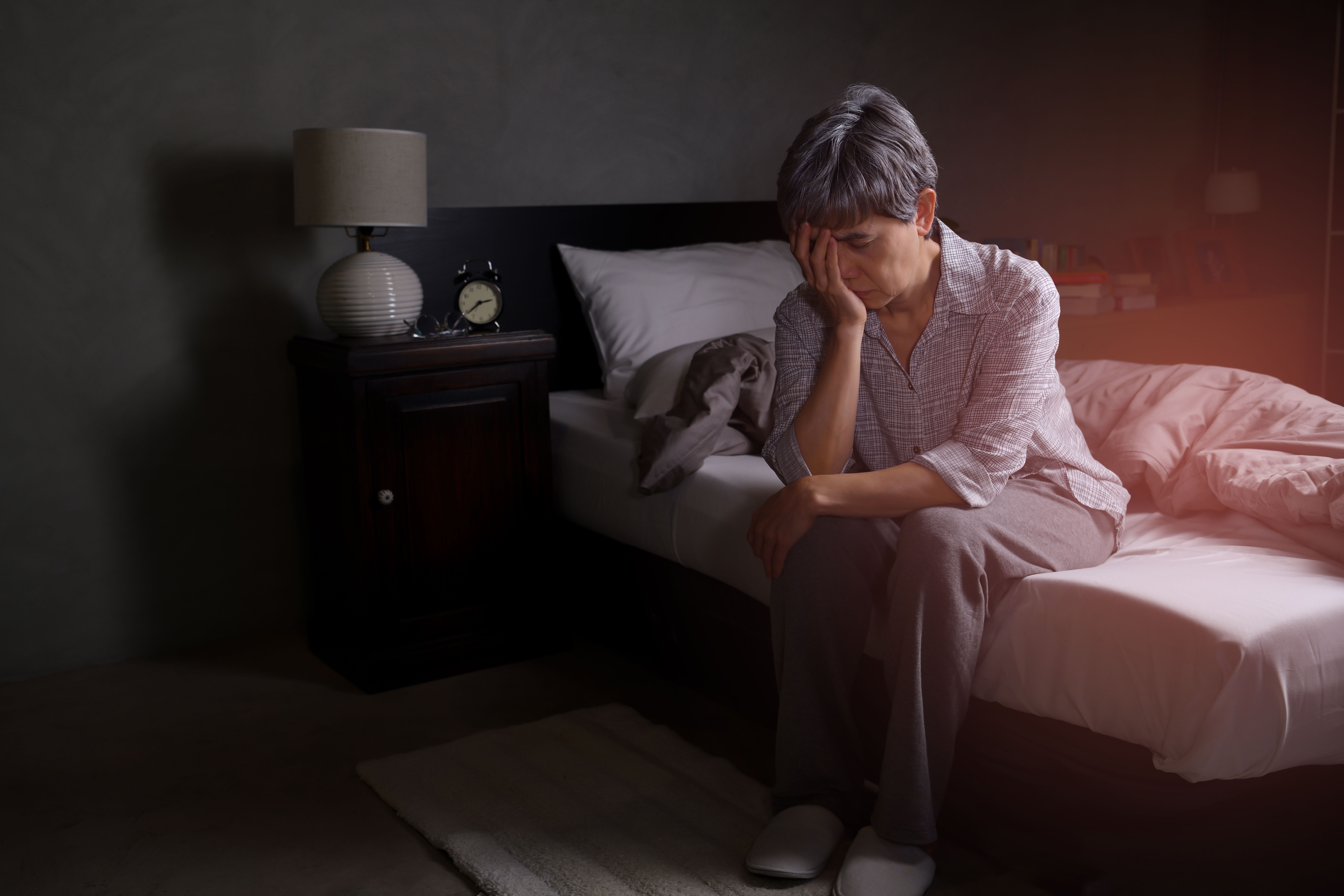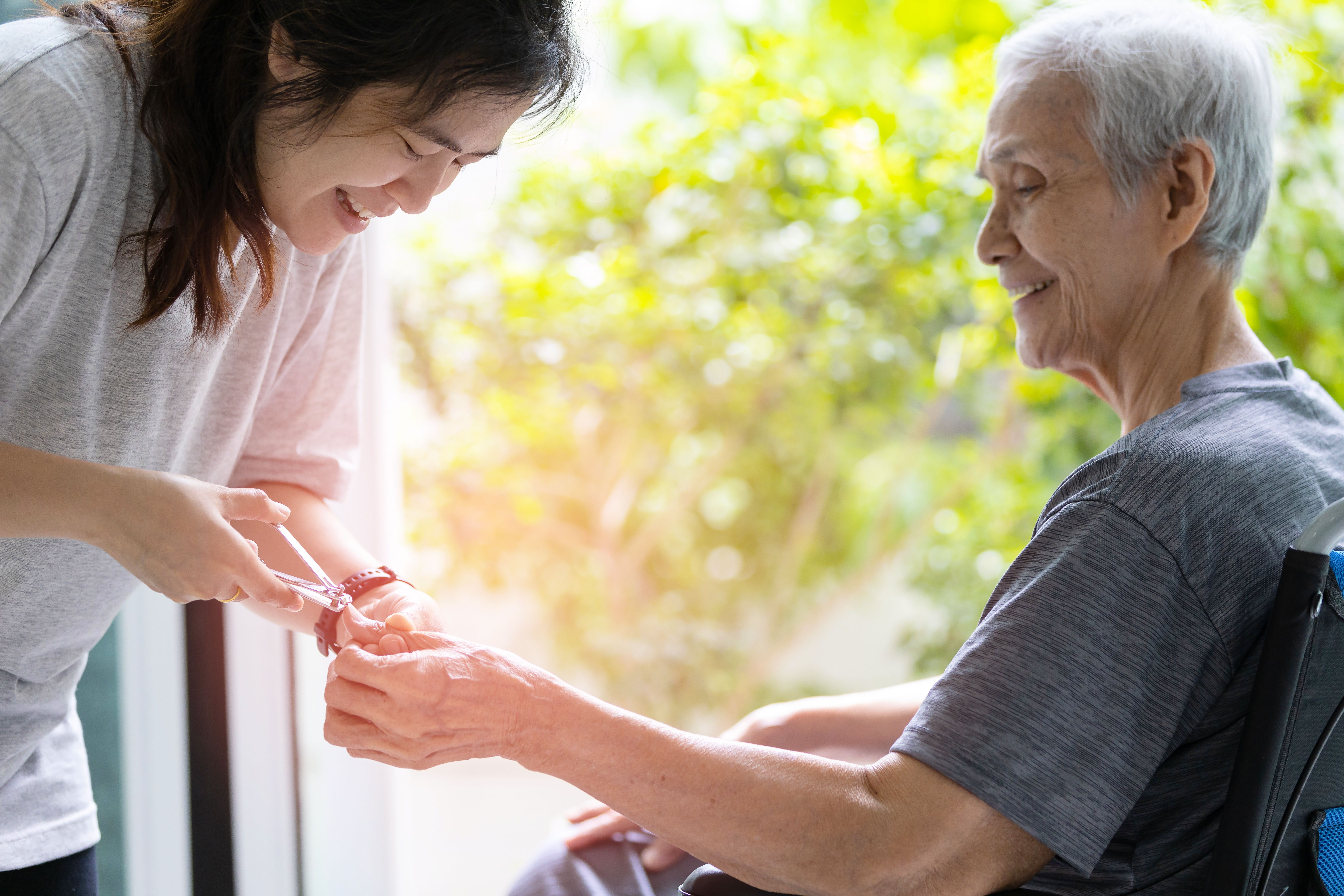Physical changes in vision of elderly care receivers
- CareBuddy
- 4 Mins Read
- 19 Sep 2022
- Elderly Care

Every part of our bodies become more worn-out and prone to malfunctioning as we get older. Our eyes are no exception. Caregivers need to look out for some common eye-related conditions typically found in elderly care receivers.
Presbyopia
This is an inability to focus on nearby objects such as small text, making those objects harder to see or blurred. This usually noticeable when an elderly care receiver reads something and finds that they are unable to read it clearly.
This may lead to a newfound habit of holding things further away in order to read it. Another common outcome of this condition is eyestrain or headaches as a result of reading closely or doing close-up work.
If you suspect that a care receiver may have presbyopia, consult a doctor, who may recommend eyeglasses, contact lenses or surgery to manage the condition.
Cataract
A cataract is a cloudy area in the lens of the eye that causes glare or poor vision. It’s usually caused by age-related tissue damage but is also sometimes due to injury. It can start off as a small cloudy area that’s hardly noticeable, but as it progresses, it will become more obvious.
Its symptoms include
- Faded colours
- Blurry or hazy vision
- Discomfort with bright lights
- Trouble seeing at night
To prevent or delay the progress of cataracts,
- Have a healthy diet with plenty of colourful vegetables and fruits that contain vitamins, nutrients and antioxidants.
- Manage blood sugar levels to avoid diabetes, which is a risk factor for cataracts.
- Quit smoking.
- Reduce alcohol.
- Wear sunglasses to reduce impact of ultraviolet rays.
- Have regular eye examinations so that any cataract is noticed early.
The most common treatment for cataracts is surgery. Consult an eye doctor if you believe a care receiver is showing symptoms of cataract.
Eye dryness
Eye dryness is a common eye complaint in older care receivers.
Symptoms include
- Irritable eyes
- Itchy eyes
- Teary eyes with a yellowing residue at the lower corner of the eyelids
Regular eye lubricants and massaging of the areas around the tear ducts may help.
Many age-related eye conditions are irreversible, but a combination of sufficient eye rest, eyeglasses, contact lenses, surgery and eye medication such as eye drops can manage most conditions and preserve an elderly care receiver’s high quality of life.
Article reviewed by David Tay, Senior Principal Educator (Nursing and Prehospital Care), HMI Institute.
